Review: 2021 Chevrolet Tahoe High Country
Chevrolet will pay you $2700 to drive this truck. In a manner of speaking, of course. The brand-new-ish 2021 Tahoe is bigger than ever—particularly from stem to stern, with a 210-inch overall length that’s almost seven inches more than that of the outgoing model—but it’s still fifteen inches shorter than a 2021 Suburban, to which it is otherwise identical. How much does that extra fifteen inches’ worth of SUV cost General Motors? It’s impossible to say, but it’s almost certainly not almost three grand, which is the difference in price between a Tahoe and a Suburban, pretty much regardless of trim. So there’s some deliberate fudging-of-numbers going on here.
I will confess that I cannot think of a single reason not to pay the extra money and get the extra truck, particularly since used Suburbans tend to fetch considerably more money than used Tahoes. My wife, who has owned no fewer than three Tahoes in her adult life, has a different opinion. “It’s much easier to park and maneuver, far more than the numbers suggest,” she says. “And since most of the buyers don’t use all of the space in their Tahoes, there’s no reason to buy even more space they won’t use.” Fair enough. “This is a car for prep-school moms,” Mrs. Baruth says, and she would know.
The $81,845 as-tested price of this Tahoe High Country does nothing to contradict the accuracy of my wife’s snap judgment. This is not a cheap vehicle any way you slice it; the cheapest 4WD variant rings the cash register for a few hundred bucks short of sixty grand. There are no Tahoes available to the public without: leather interior, metallic paint, a 10.2-inch infotainment screen, every power option you could get in a ’76 Cadillac Fleetwood Talisman, heated seats, stainless steel trim, and much, much more. Upgrading to the Premier gets you a kitchen sink’s worth of extra equipment. The High Country has all that and more—but most critically, it dispenses with GM’s asthmatic 5.3-liter V-8 in favor of its beloved 420-horsepower 6.2-liter. This engine, perhaps the ninth wonder of the modern world, regularly returns both 23-mpg highway mileage and 14.0-second quarter-mile times in the Silverado pickup.

Don’t expect to get either in this Tahoe, which weighs considerably more than an empty-box short-bed crew-cab pickup. For the extra weight, you get more seats, more glass, an independent rear suspension, and styling which appears designed to tie the Tahoe to the unibody Traverse about twenty-five G below it in the lineup. At a distance, this Tahoe looks uncomfortably like a “cute-ute,” an impression only dispelled when you’re standing right next to it. This won’t play well with the purchasing demographic; people who buy Tahoes are not interested in being mistaken for Traverse or Equinox owners. As with Ford’s competing Expedition, the Tahoe is bejeweled everywhere you look. The aforementioned stainless steel trim, “Chevrolet” and “High Country” engraving in the tail lamps and grille, and the fussiness of the profoundly odd C-pillar treatment. This new styling touch appears designed to destroy the old “truck-with-a-cap” look of Suburbans and Tahoes, but isn’t that why people buy them? Is there a single human being in the market for a Tahoe who doesn’t realize it’s a Silverado with a permanent top on it? It should also be noted that some of the trim on our early-production example was misaligned, particularly the “High Country” emblem on the passenger side, which appeared to be pointed about five degrees north of parallel with the body’s character line. Perhaps it was pointed towards distant mountains.

Open the door, step on the rather lackadaisical power running board, and vault up into the Tahoe. If you’re familiar with the new Silverado, you will notice some changes. Tremendous effort has been expended to differentiate the SUV from the truck. On the positive side, you have a larger infotainment display and recessed locations for HVAC controls, freeing up some extra storage space. On the negative, there’s less visibility ahead, courtesy of a hood that intrudes into one’s field of vision more than in the Silverado. The people currently trying to demonize large trucks as pedestrian-killers won’t find anything here to dissuade them in that cause.
The interior has a couple of frankly bewildering aspects: the push-and-pull-button shifter and the power-operated center console. The former sits next to the infotainment screen and takes a while to learn. You push for Park, Neutral, and Low Gear. You pull, power-window-switch-style, for Drive and Reverse. It looks stupid when compared to the competition, but it has one important advantage: if you’re sufficiently familiar with the controller, it can be operated without looking, using one hand. Was anybody asking for this? Probably not. The same is likely true for the whiz-bang center console, which is operated via a ceiling-mounted switch surrounded by other identical-looking switches in a layout only slightly less confusing than what you’d find in a UH-1B helicopter. When activated, the console moves back and forth in quite glacial fashion for the purpose of… Delivering drinks to the second-row occupants? Offering access to something you don’t need in a hurry? Letting Aiden and Caiden sit on the thing to ride back and forth in case their iPads run out of charge and they become unruly from lack of entertainment?
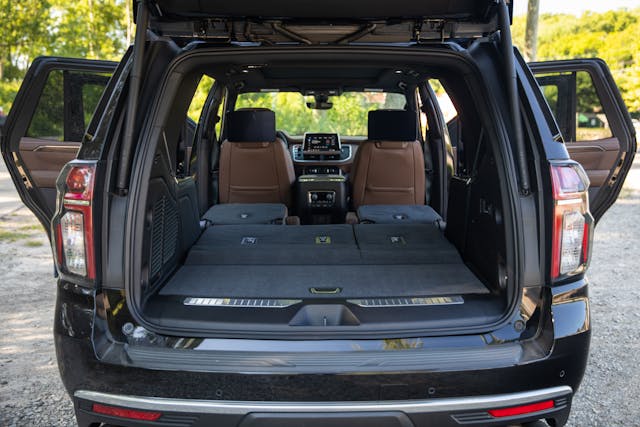
Premier and High Country Tahoes have power-folding second and third row seats. Operate them in the correct order and you get a long, flat load floor, courtesy of the independent rear suspension. That new-to-Tahoe feature pays some dividends on the road, as well; there is no “head toss” and the ride is nearly as good as that of SUVs from the next size class down, like the Mercedes GLS and BMW X7. It really does handle a little better than the Silverado trucks, but it doesn’t stop any better. The urgency of that 6.2-liter V-8 can get Tahoe drivers into situations not easily addressed with the relatively modest available grip; this three-ton truck can smoke the average four-cylinder sedan at a stoplight but when that sedan has come to a halt from 80 mph the Tahoe will likely still be going fast enough to get a ticket in a school zone. As a long-time motorcycle commuter I have become profoundly sick of seeing these vehicles bully their way into a situation where I am then forced to avoid them or be slain out of hand. If you have similar concerns, encourage your neighbor to buy the three-liter diesel when it becomes available in Tahoes and Suburbans later this year. That engine is an effective antidote for road rage, if nothing else.

Having driven a Ram 1500 pickup immediately beforehand, I can confirm that the big Chevrolet does almost nothing as well as the Ram—except, of course, offer a third row of safe and secure space, and that’s the whole idea behind the Tahoe. Happily for General Motors, Stellantis (snicker) does not see fit to do battle in the Iowa-class SUV segment. Neither does anyone else, except Ford. You can buy a base Lincoln Navigator for the price of this Tahoe, and I’d be tempted to do so myself, even though I’m a satisfied owner of a Silverado truck. History suggests, however, that very few people comparison-shop the Ford and GM entries.
In practice, the Tahoe has only two natural enemies, particularly in High Country Trim: the GMC Yukon, and the Cadillac Escalade. Adjusted for equipment, the pricing isn’t all that different; the equivalent Yukon Denali is about two grand more than the Tahoe, and the Escalade is another five or so on top of that. Both of those vehicles have considerably more panache and curb appeal than the Chevy does, which raises an obvious question. Who buys an $81,000 Chevrolet instead of an $83,000 Denali or $88,000 Cadillac?
That question has two answers. The first is that most Tahoe buyers will be entirely satisfied with a $65,000 Tahoe LT. The second is that the High Country has a so-called “stealth wealth” appeal to certain members of America’s modern aristocracy. For these people, the Chevrolet badge is a good thing; it allows them to have most of an Escalade cake without being seen to be eating it. They will like the Tahoe High Country. It’s bigger than ever, more than competent enough, and possessed of the best light-truck powertrain in history. Best of all, not that the money really matters to these people, the Tahoe features a $2700 discount against its Suburban cousin. Prep-school moms, the line forms on the left.
2021 Chevrolet Tahoe High Country:: $81,845 as tested.
Highs: Bigger and better than the old one. Newfound availability of 6.2-liter V-8 in regular production model. About the same vehicle as an $88,000 Cadillac.
Lows: Not quite as good as the $88,000 Cadillac, Byzantine interior details, looks like a Traverse at twice the price.
Summary: We’d rather have a Navigator for this money—but who is cross-shopping the pair? The Tahoe has no competition except its predecessor, which it handily beats.


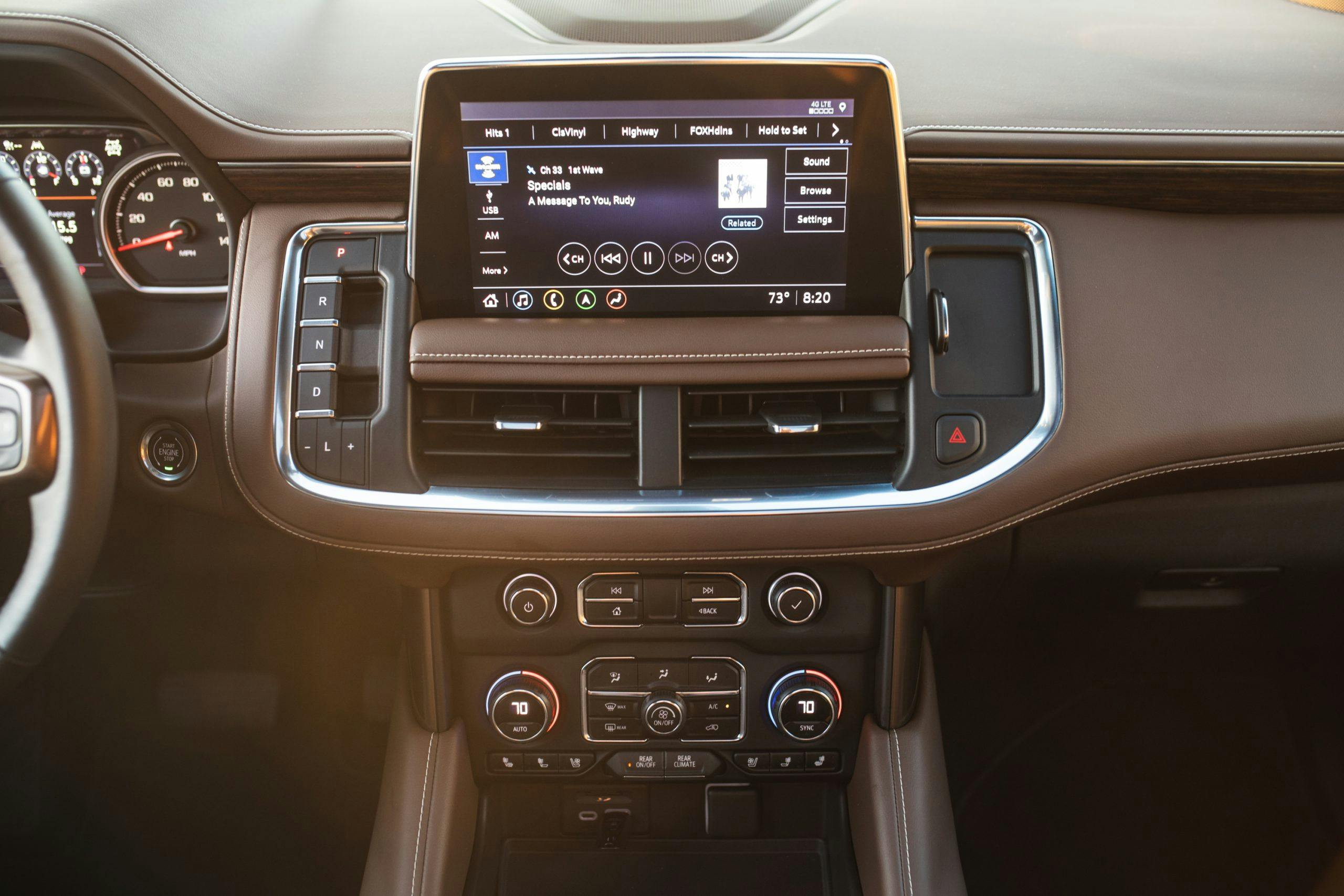
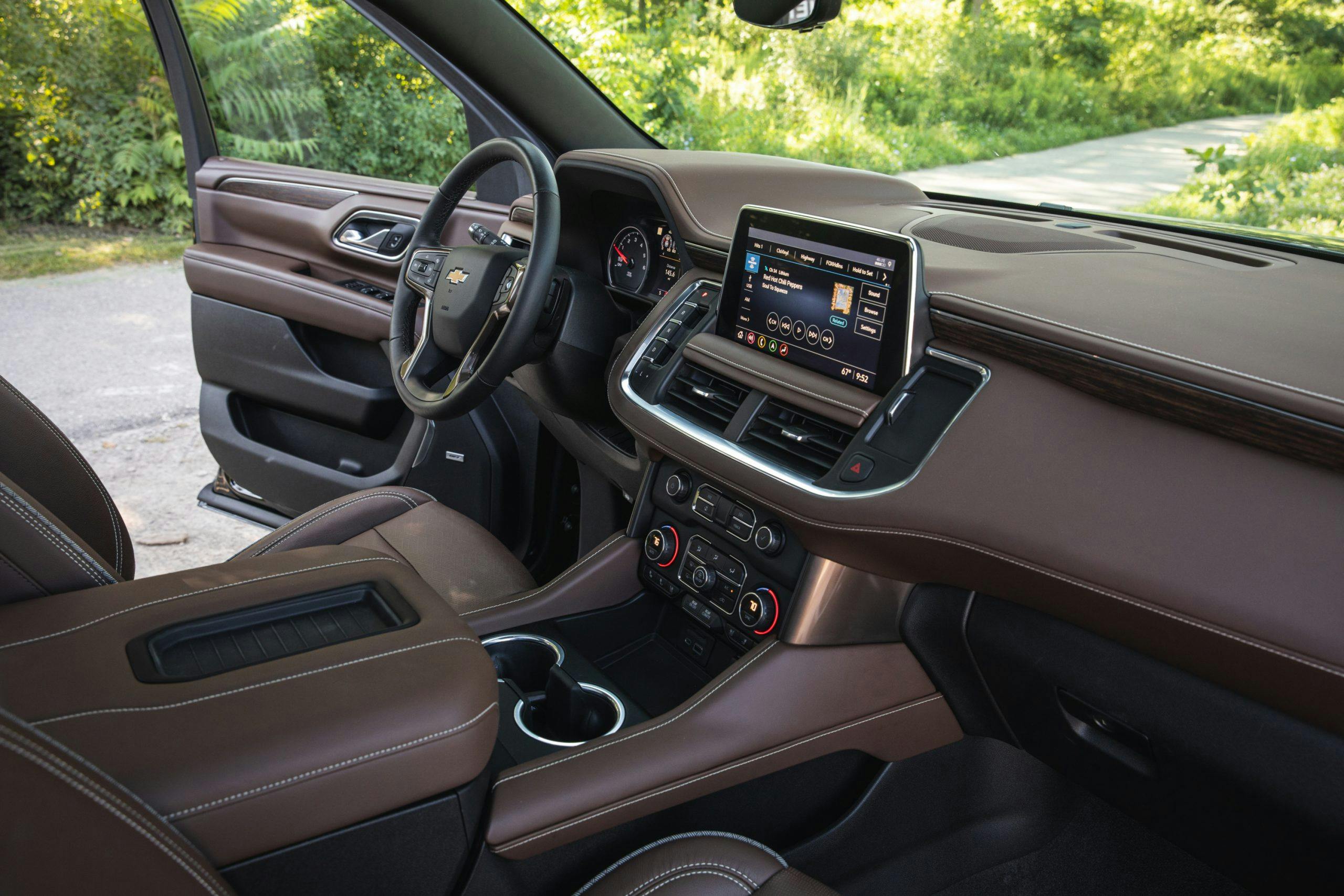
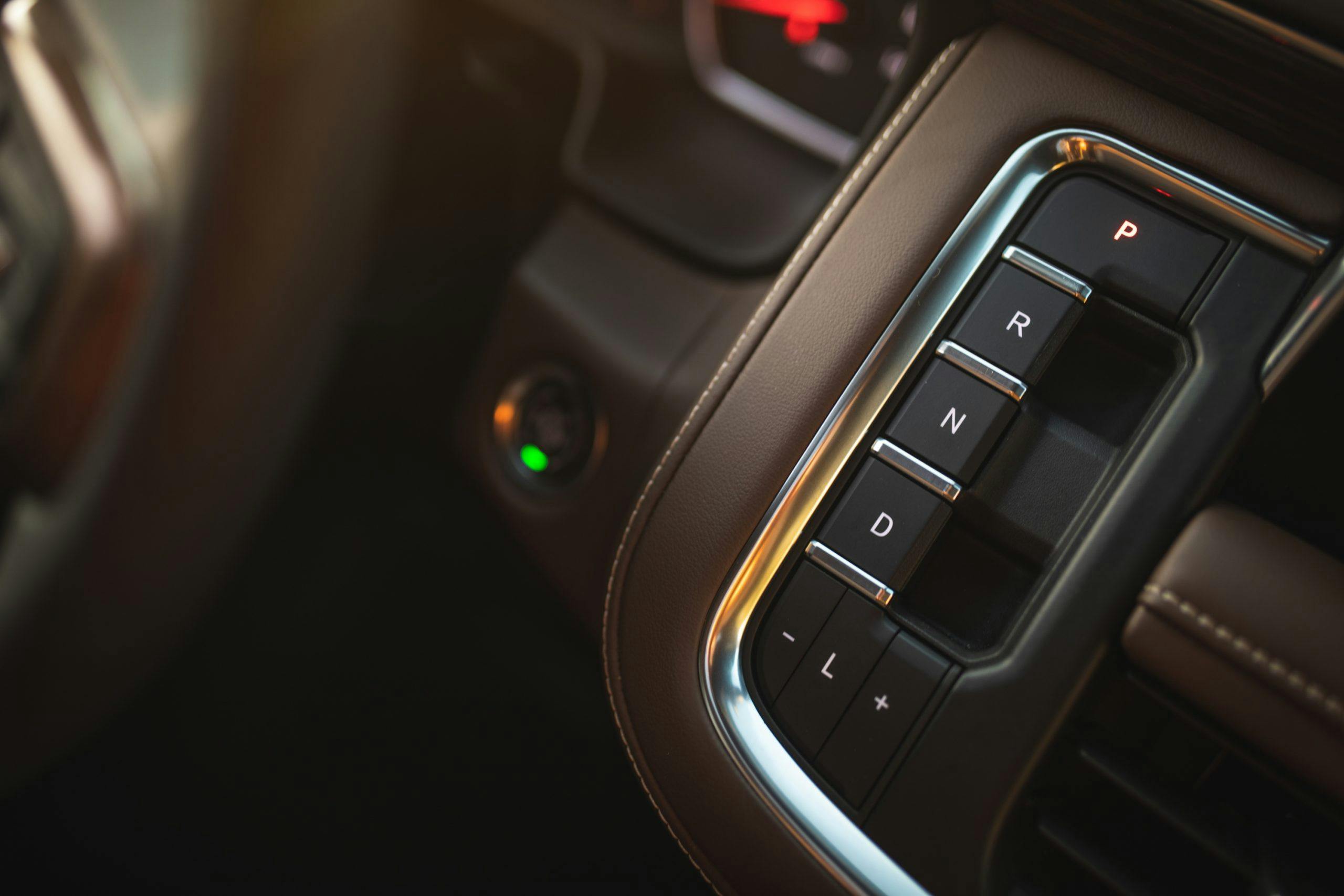
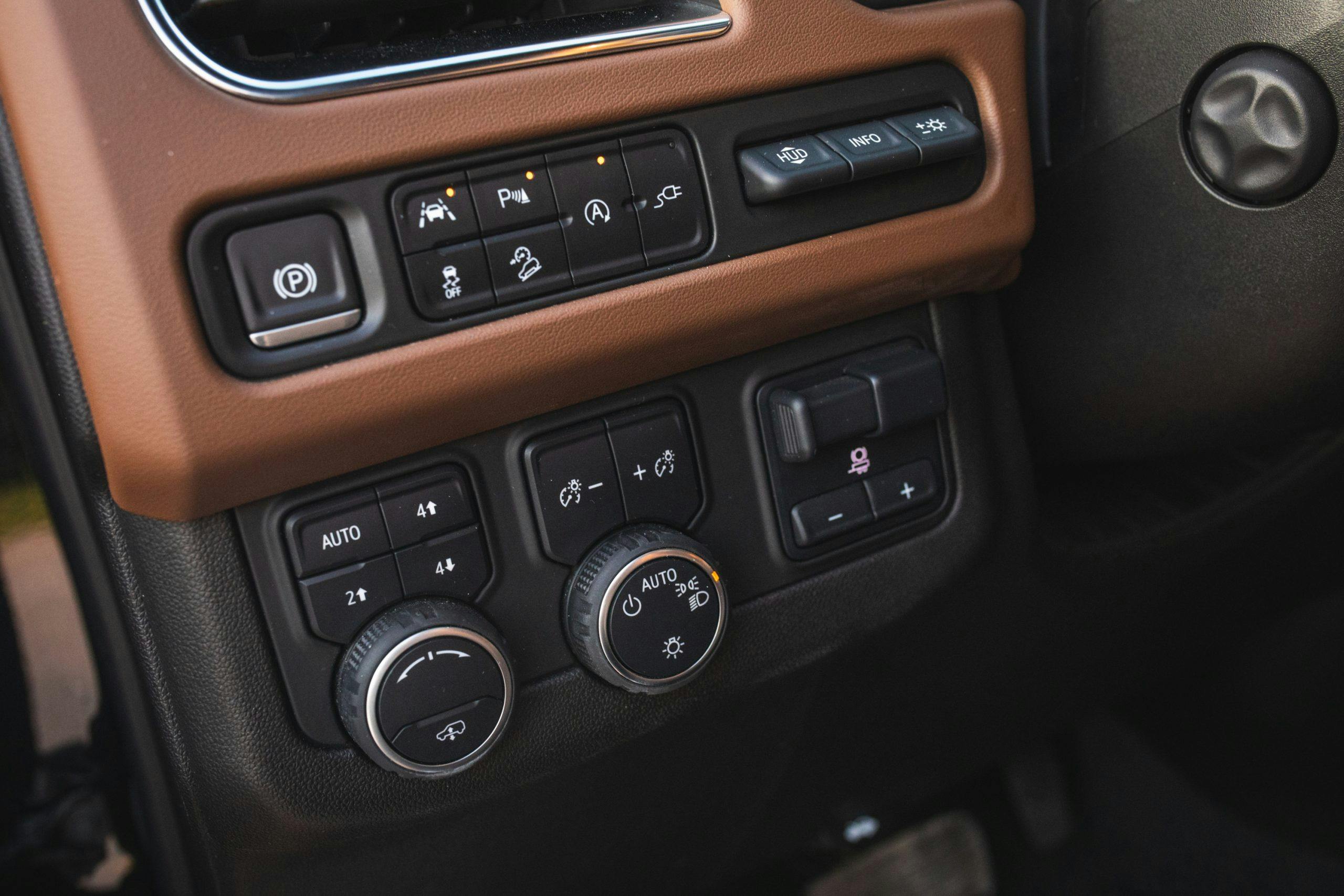
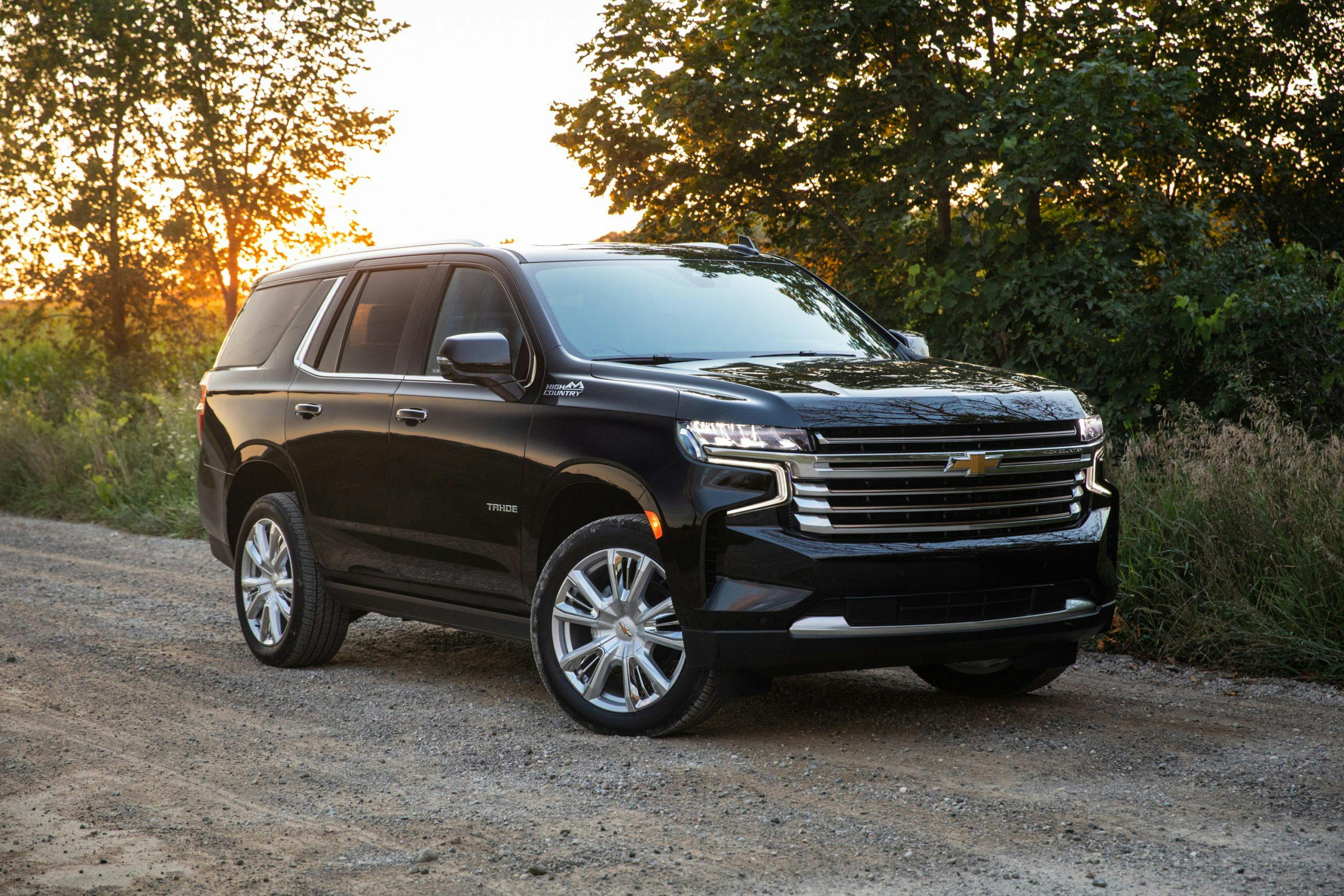
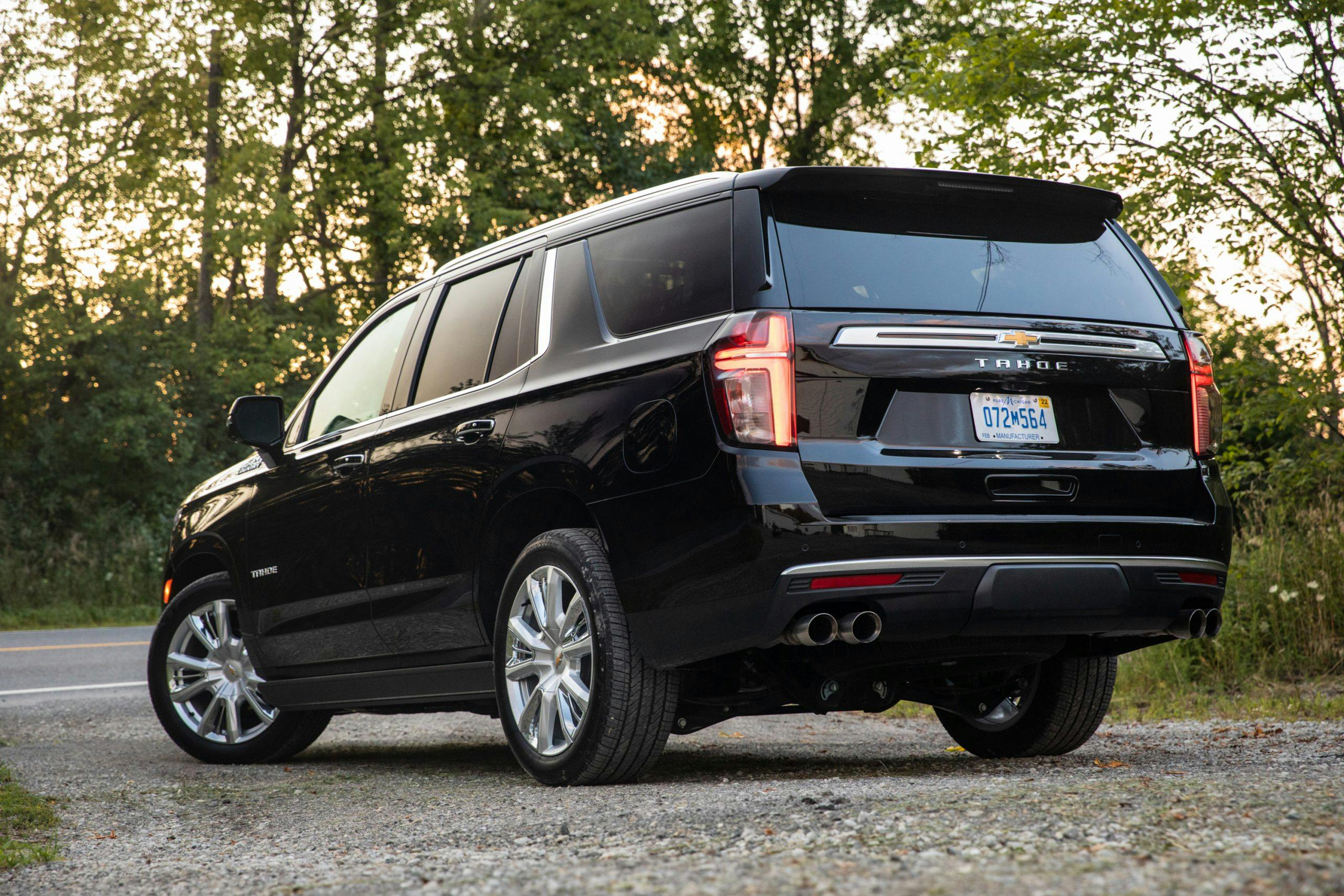

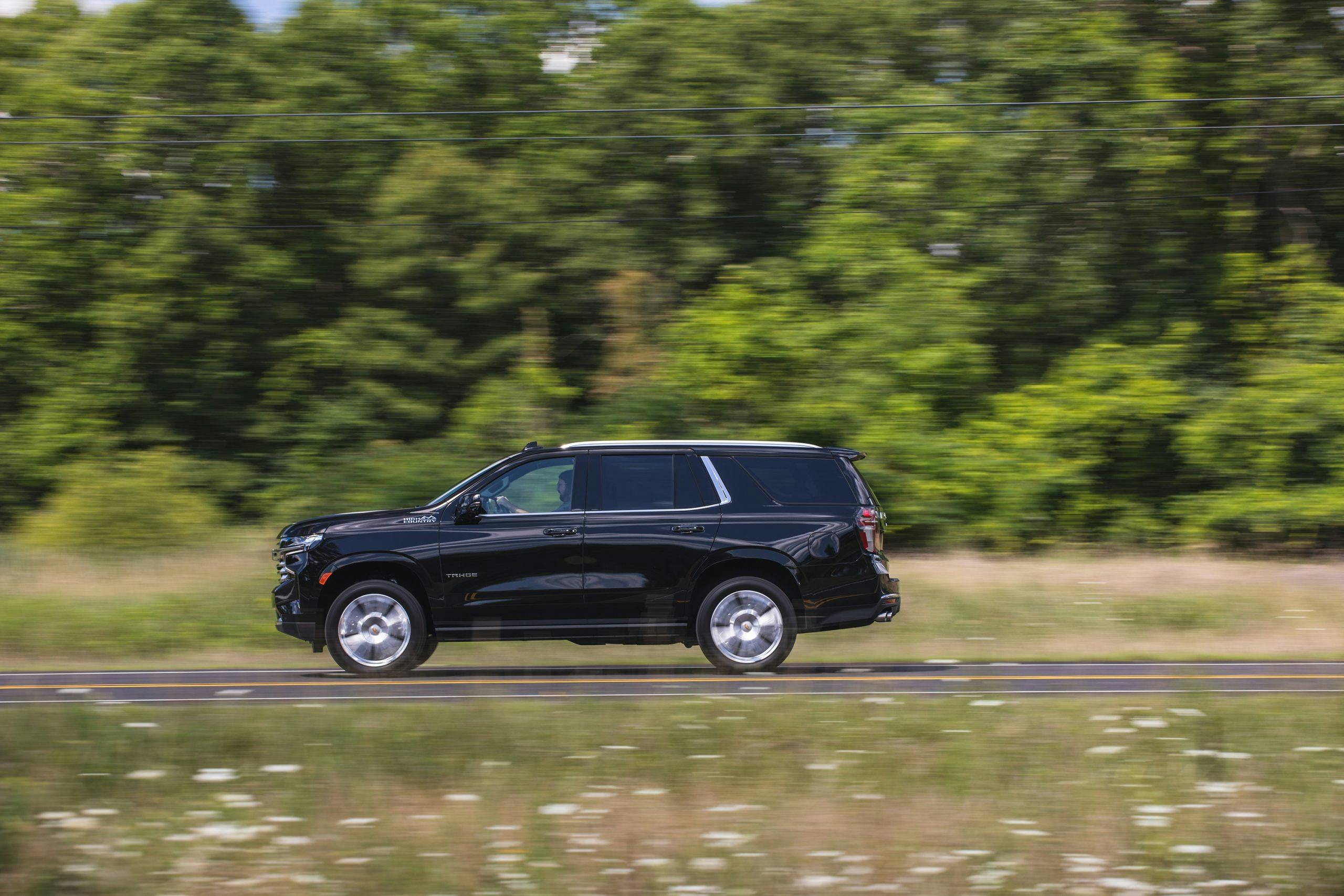
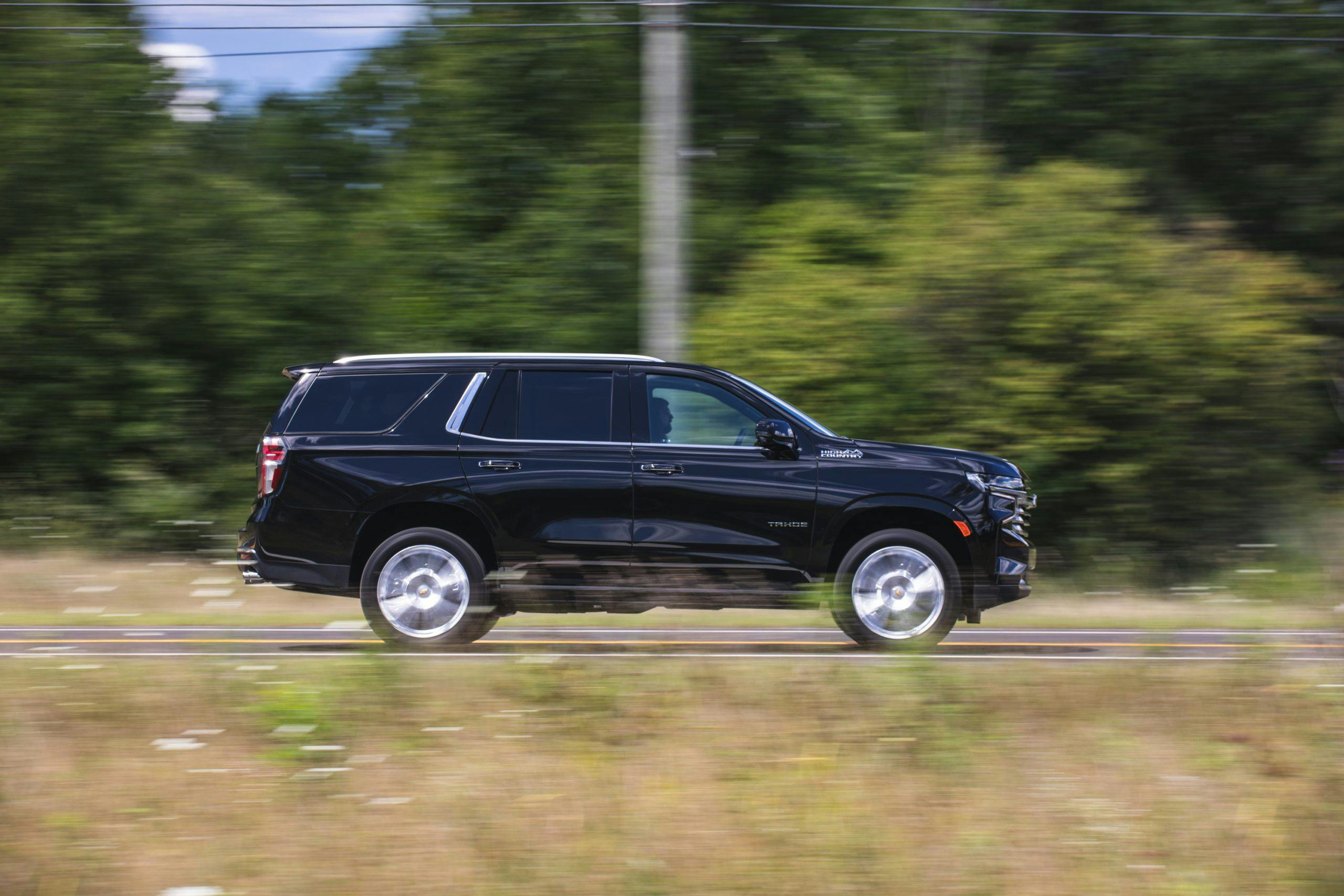
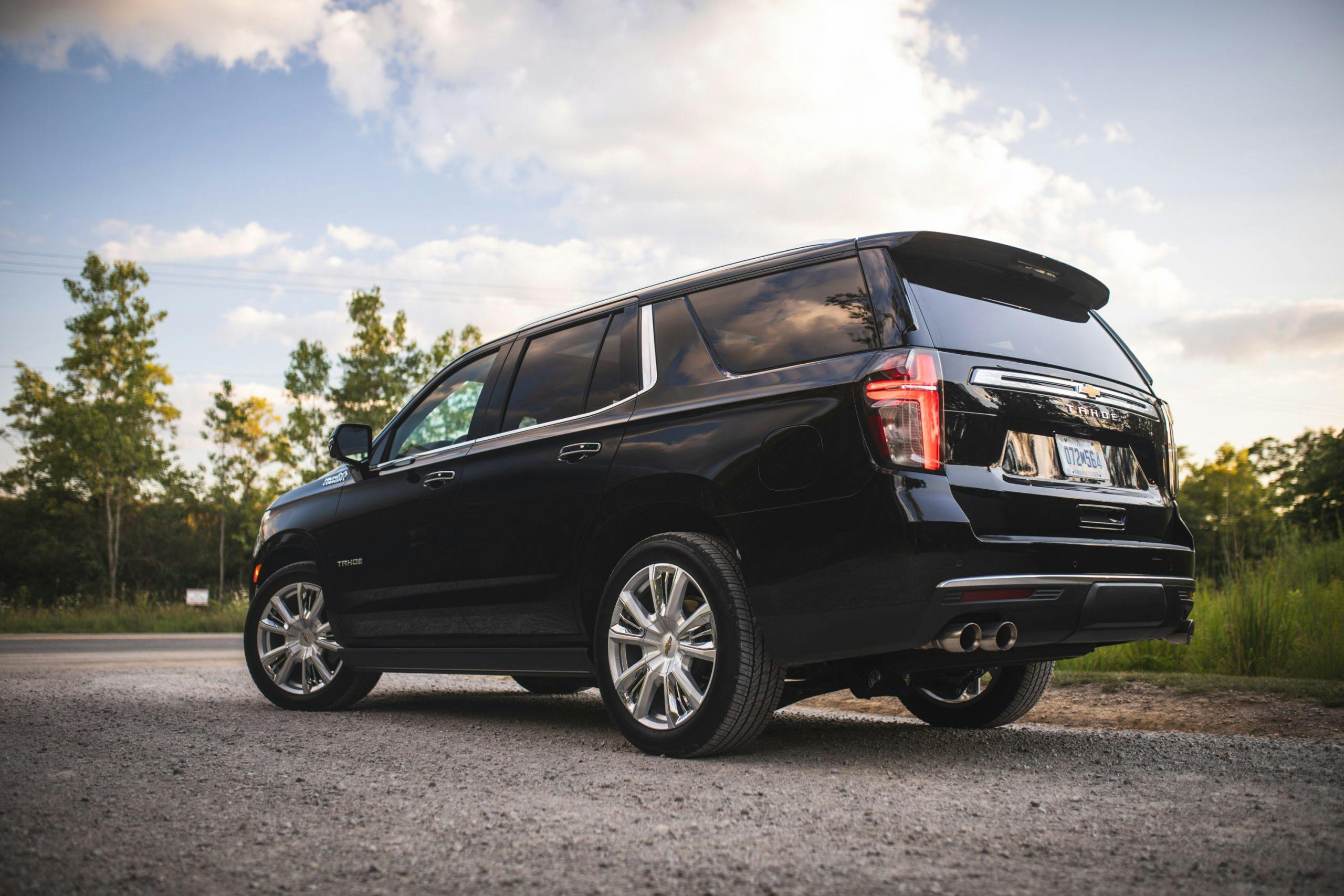

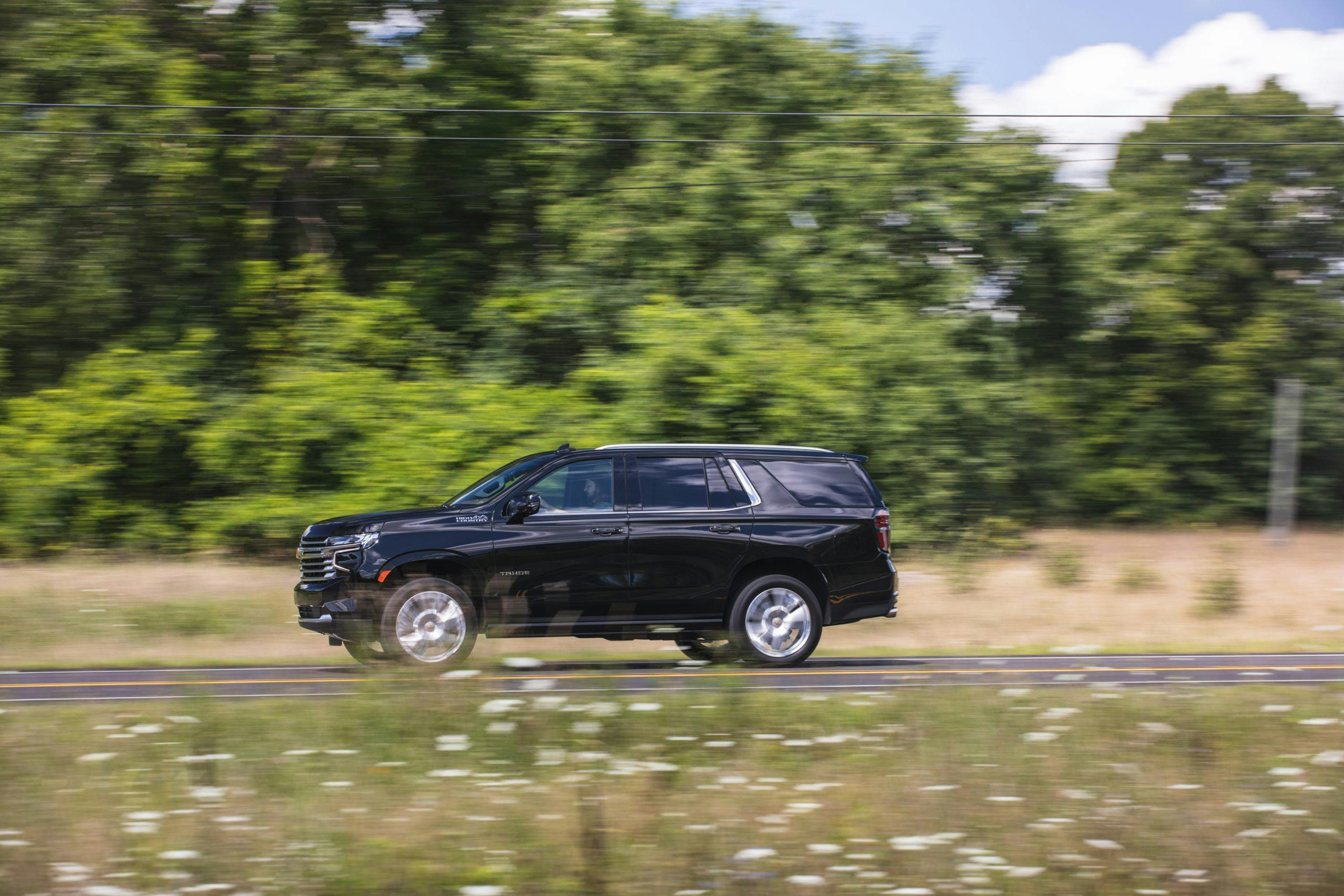

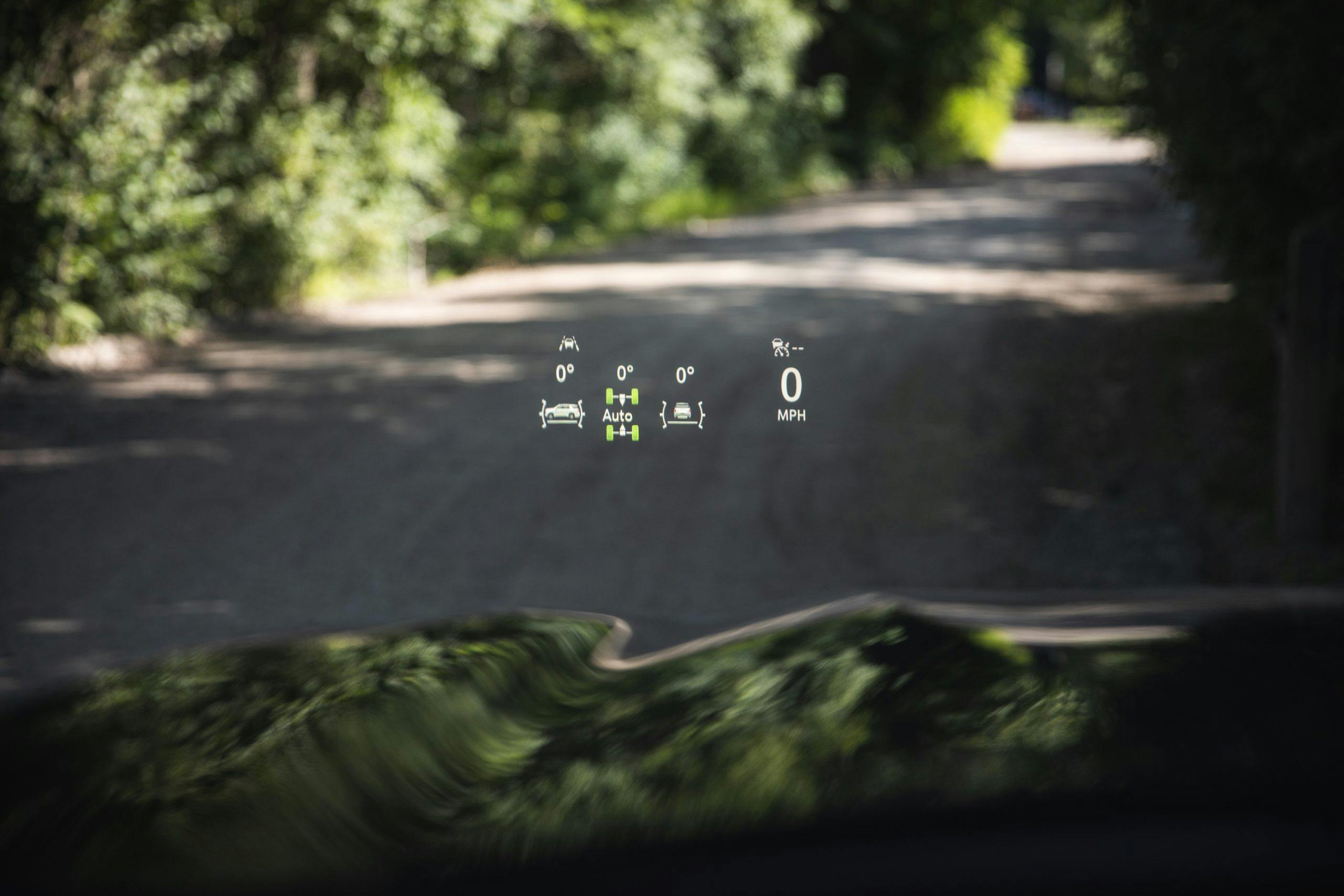
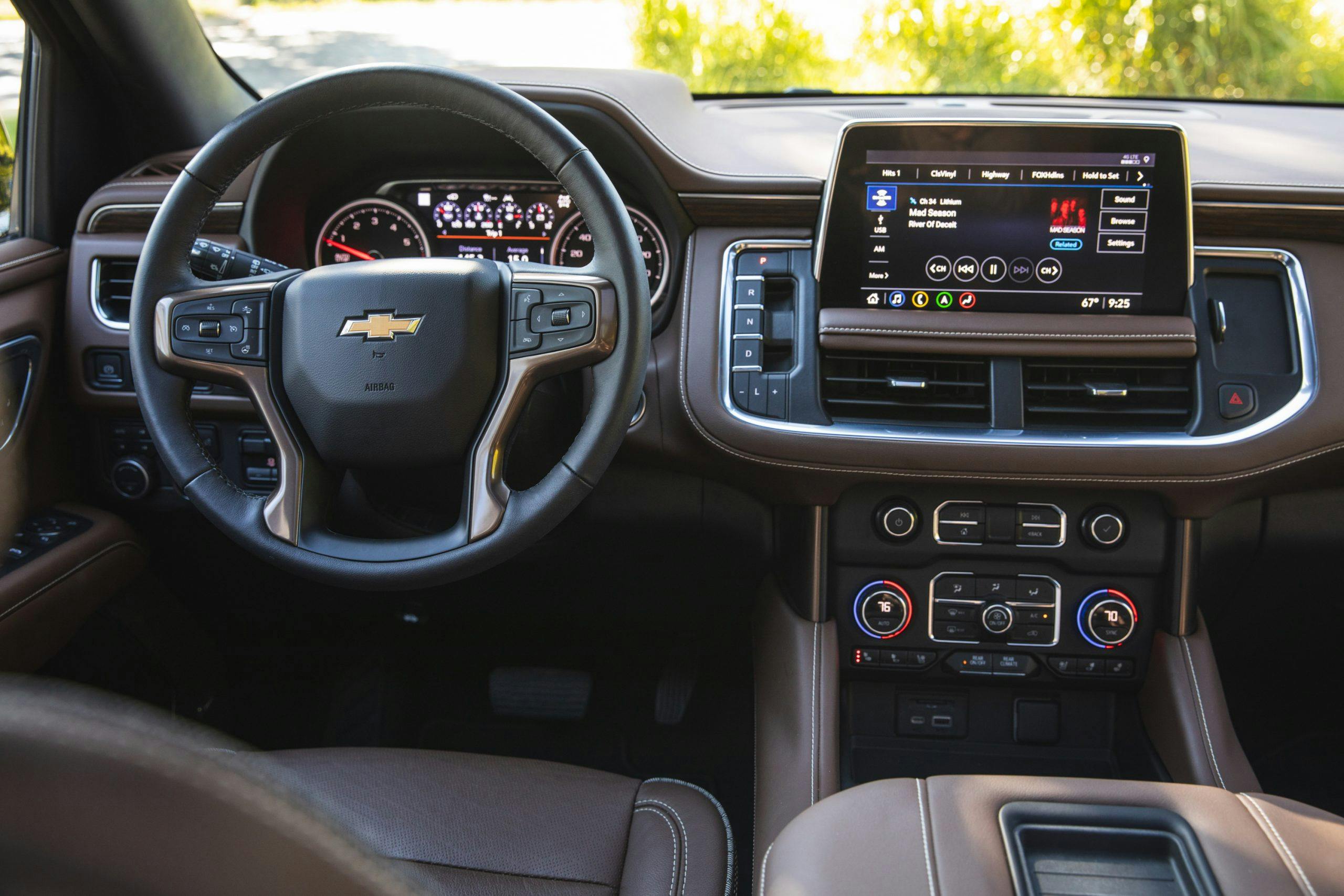
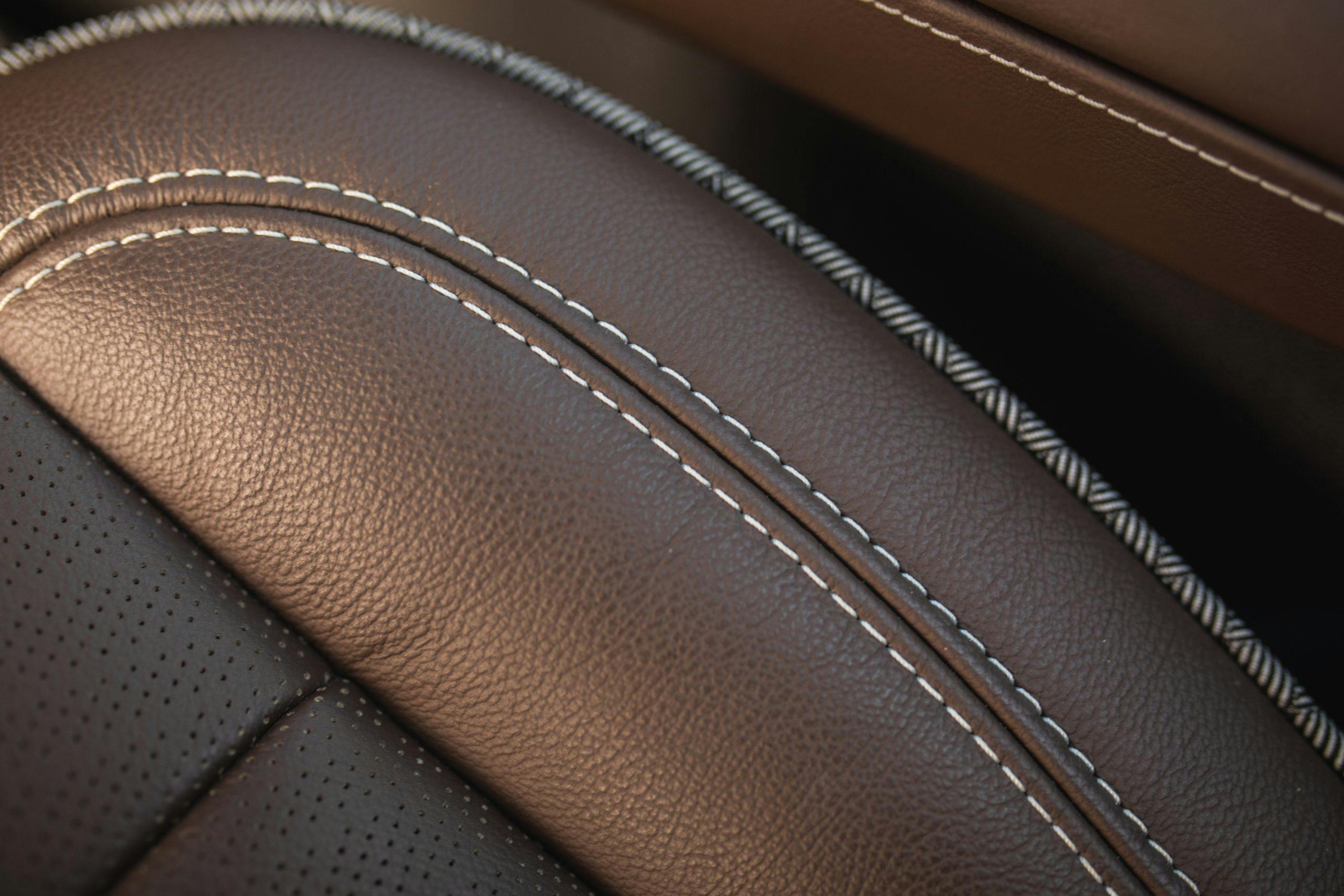
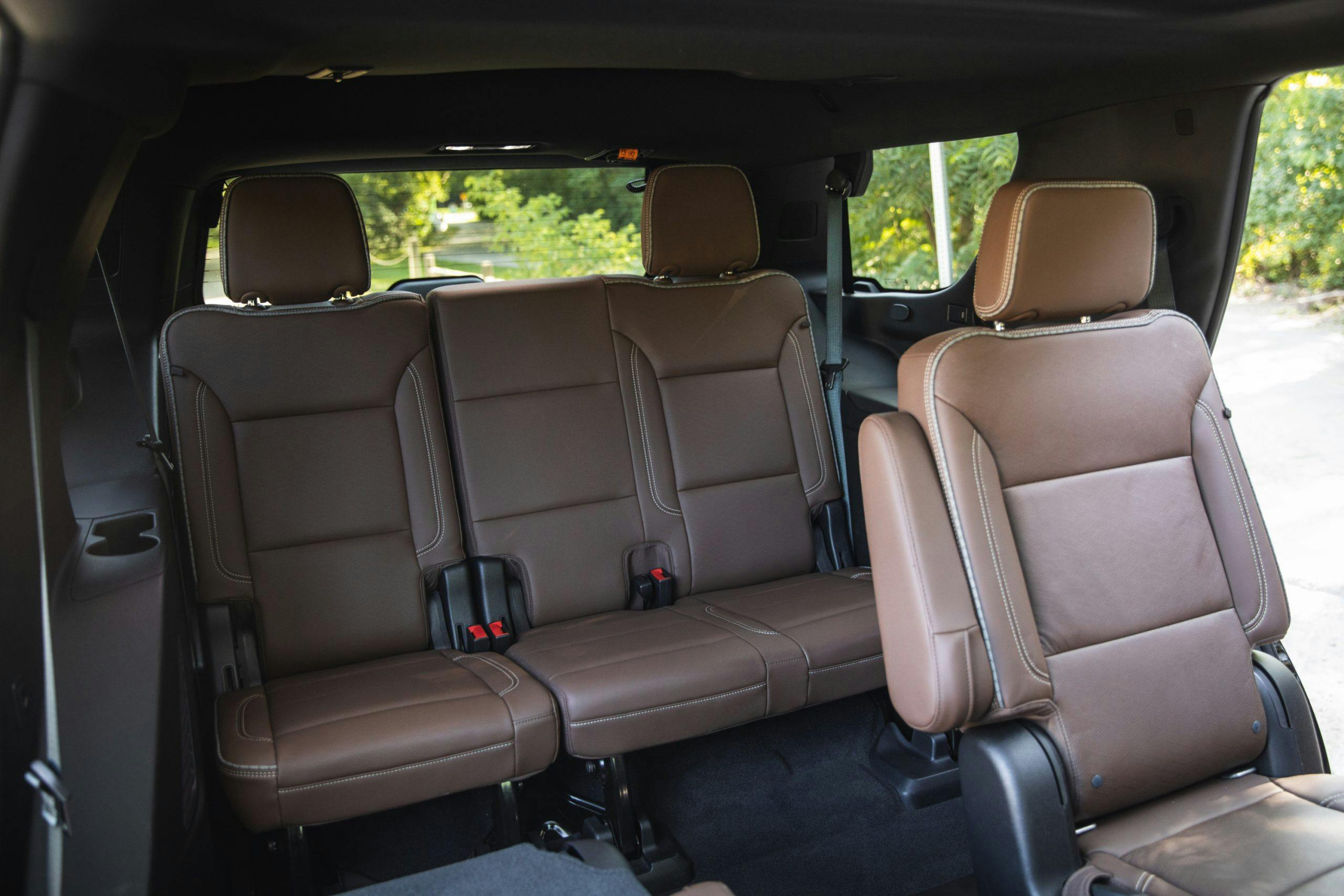
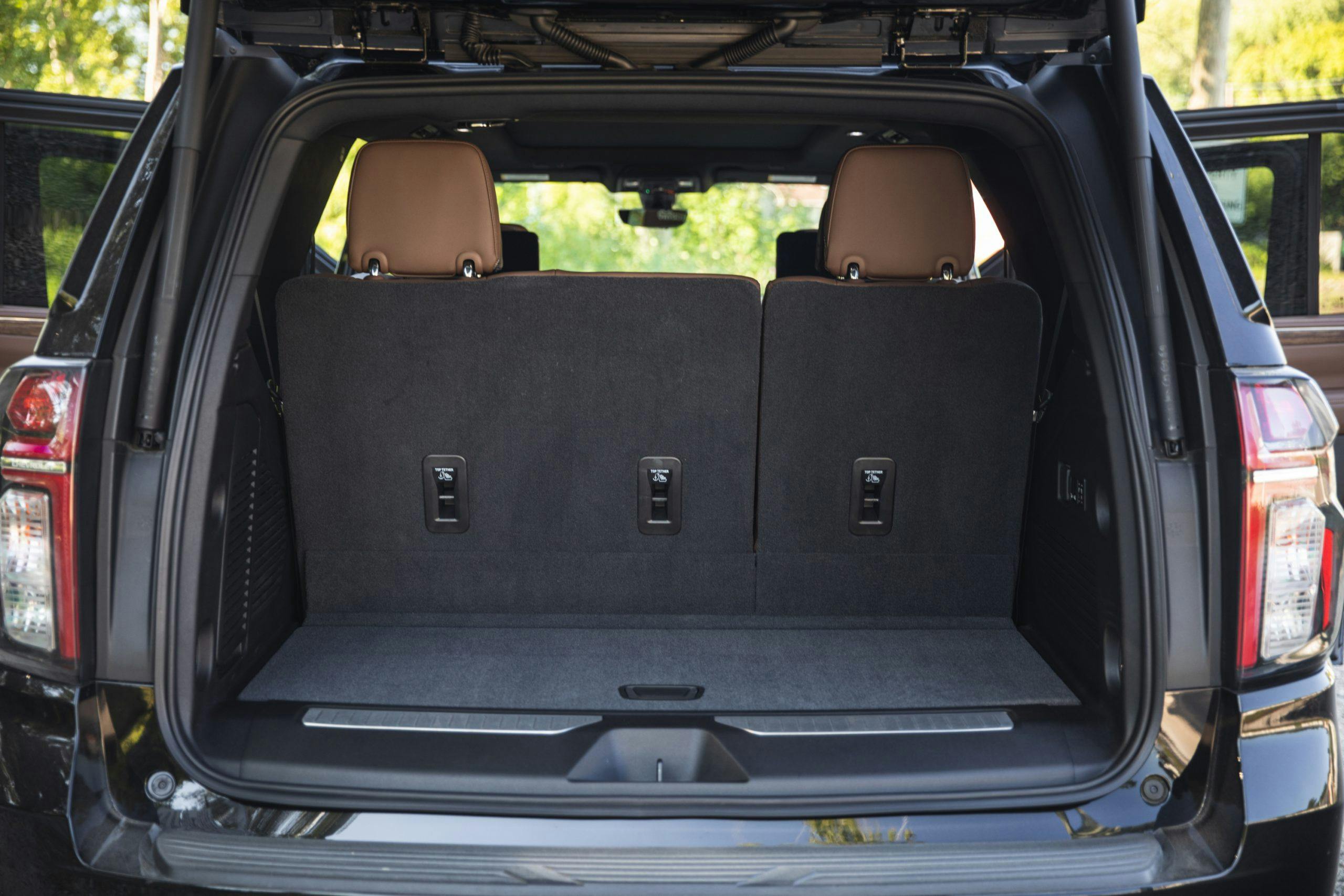

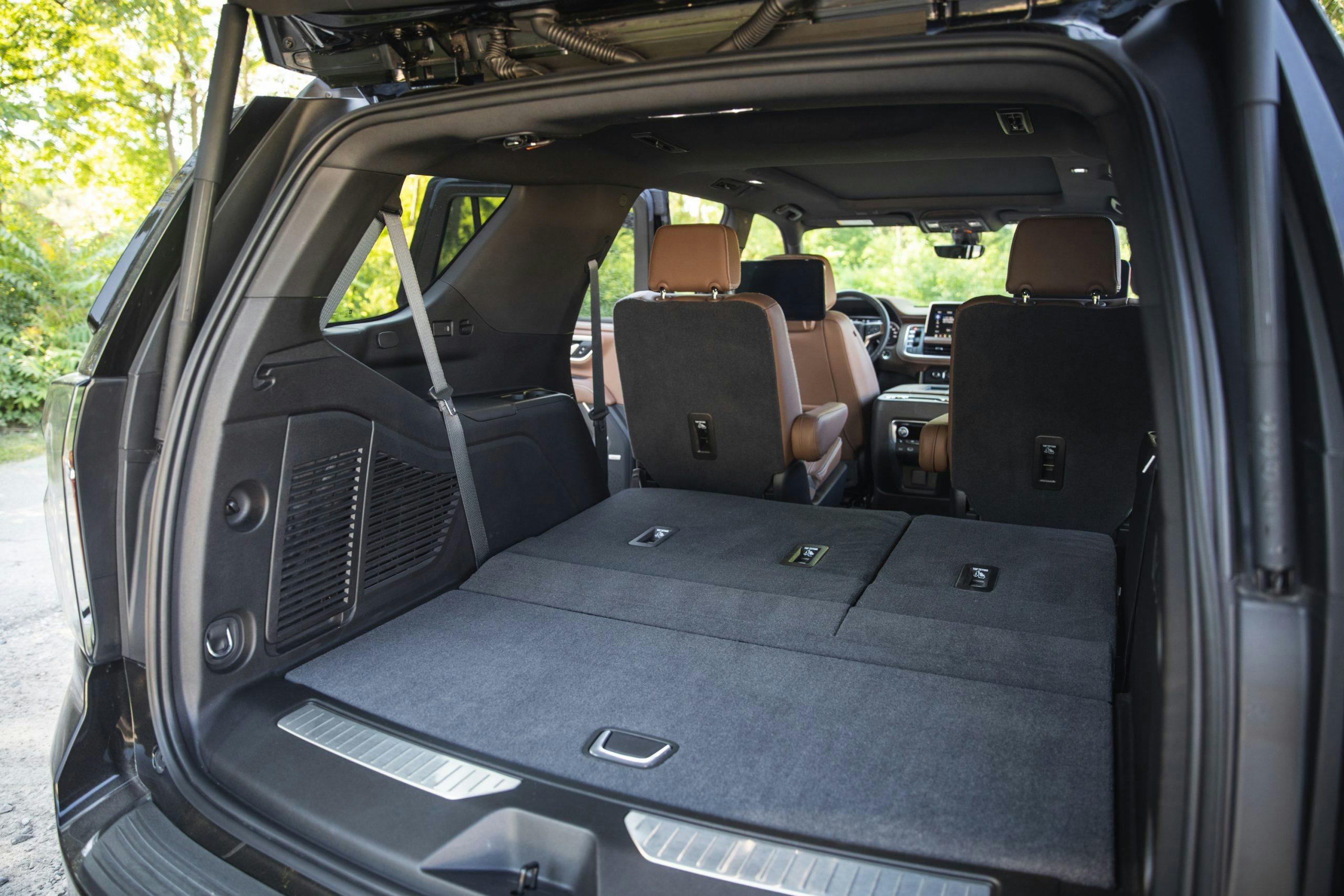
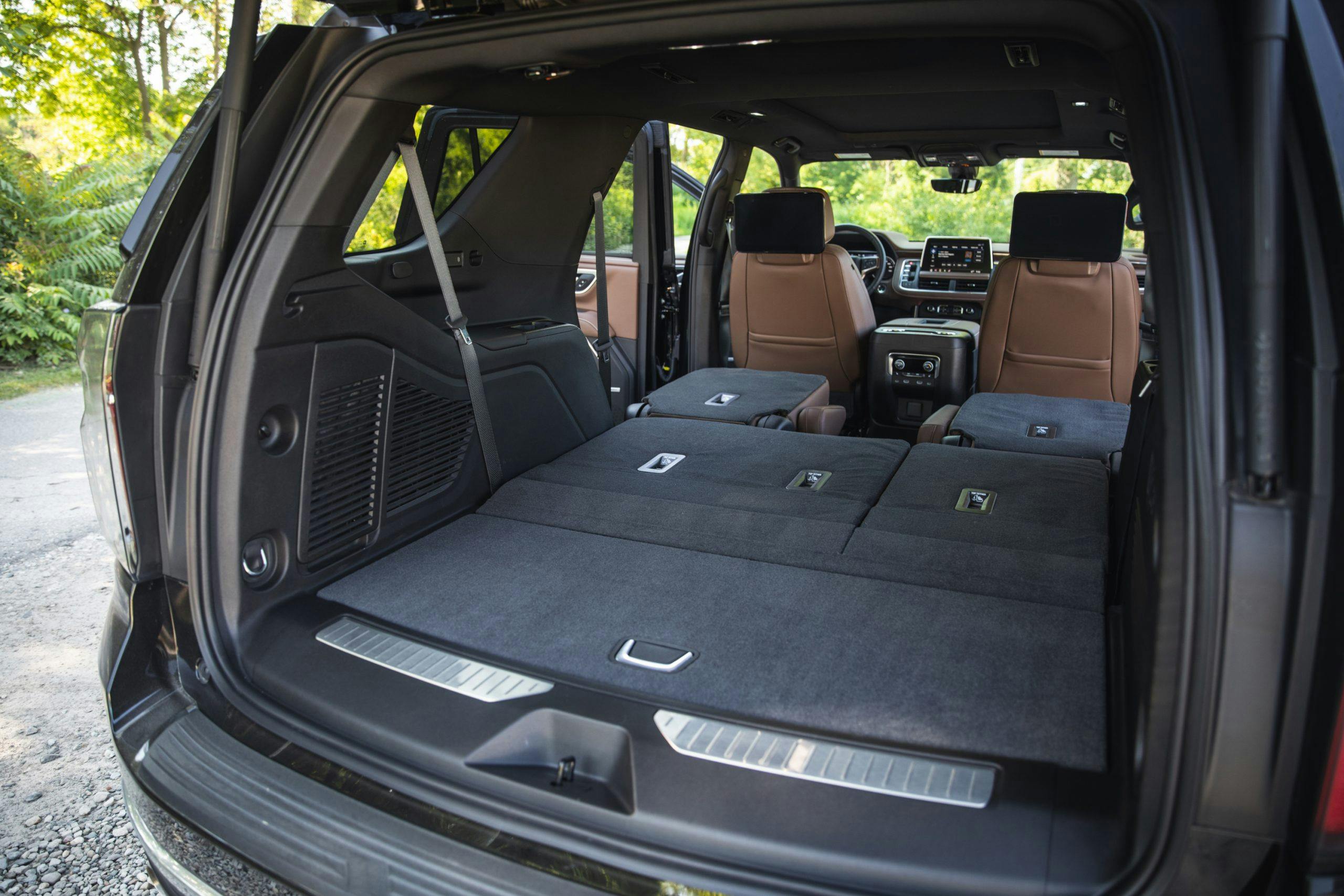
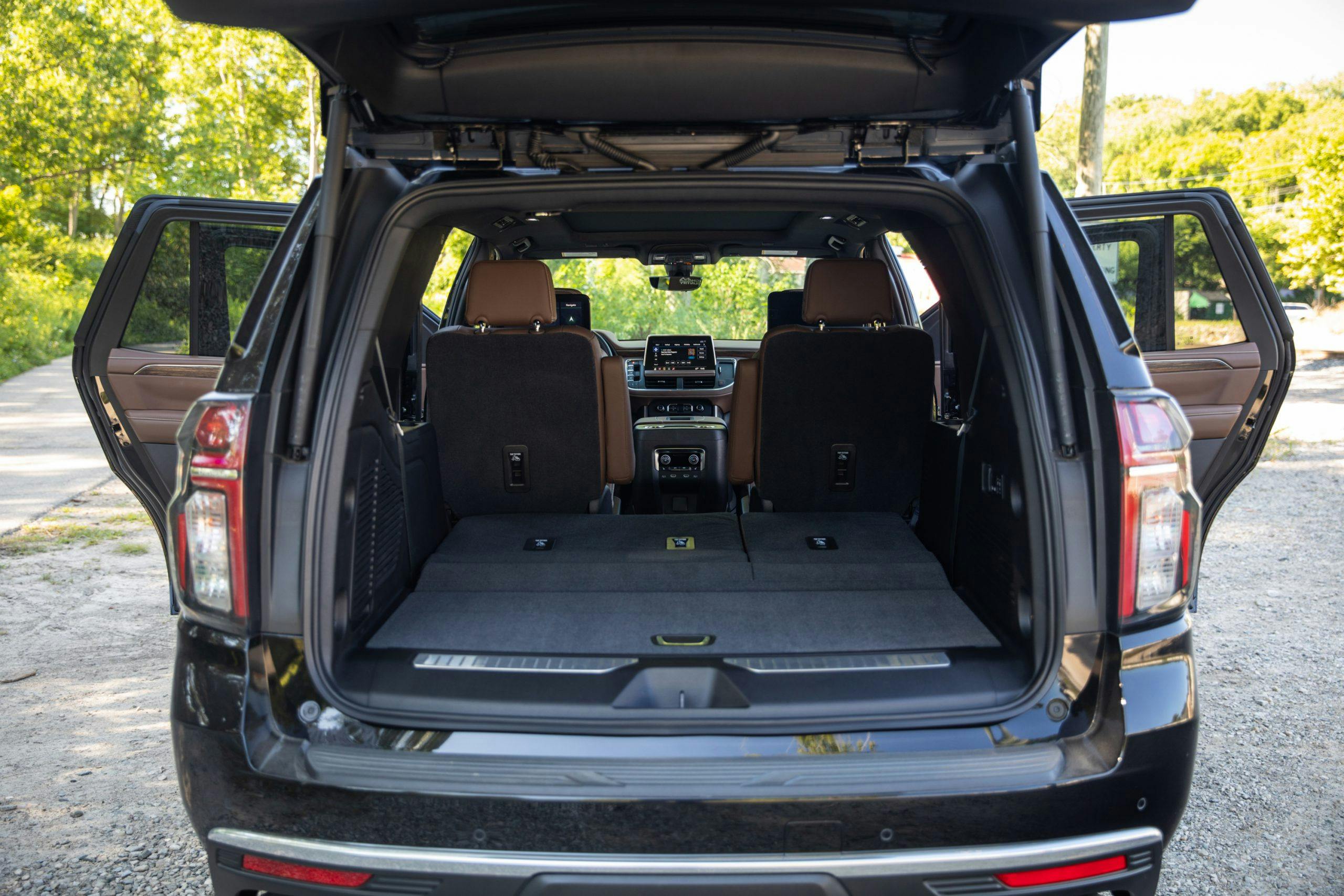

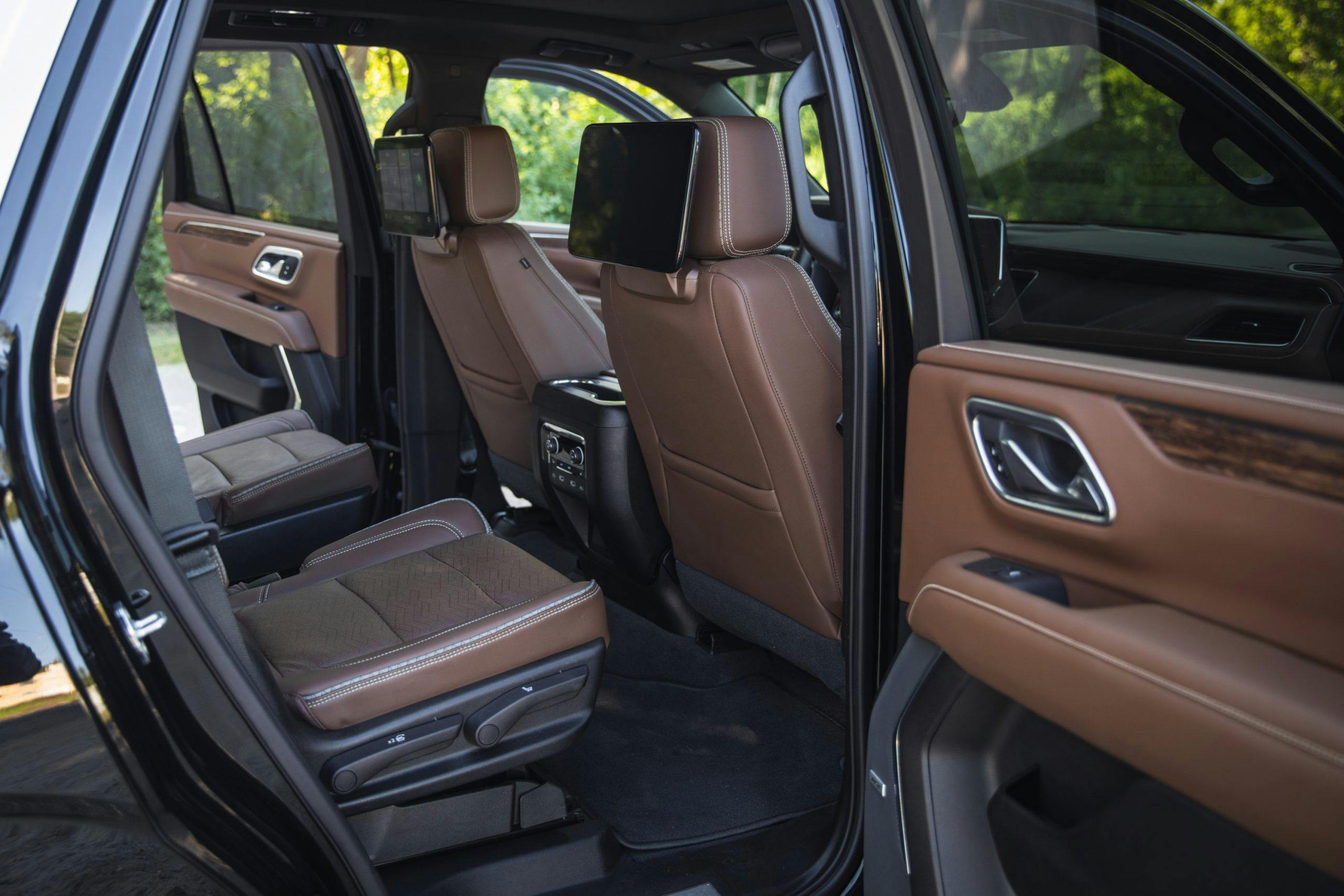
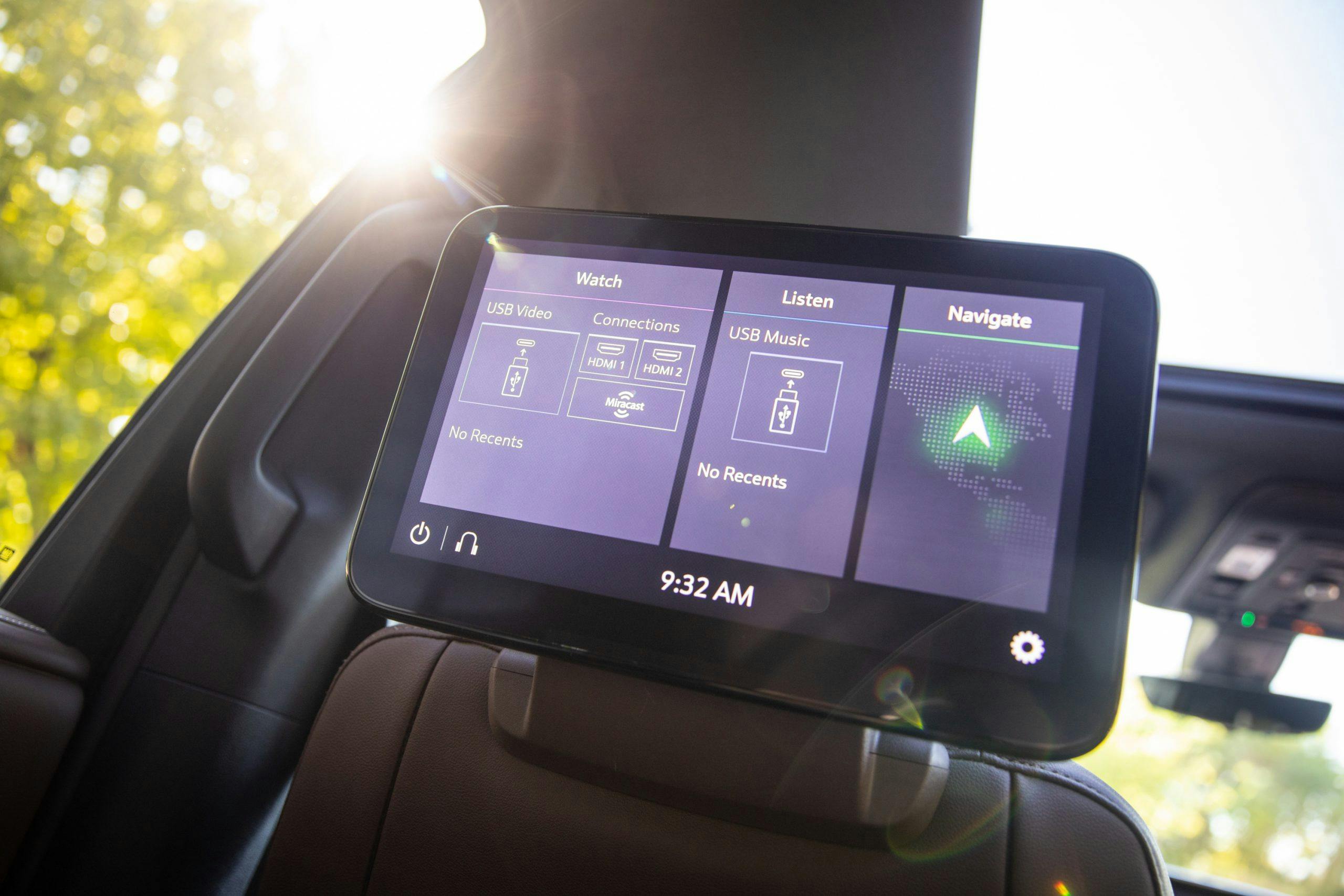
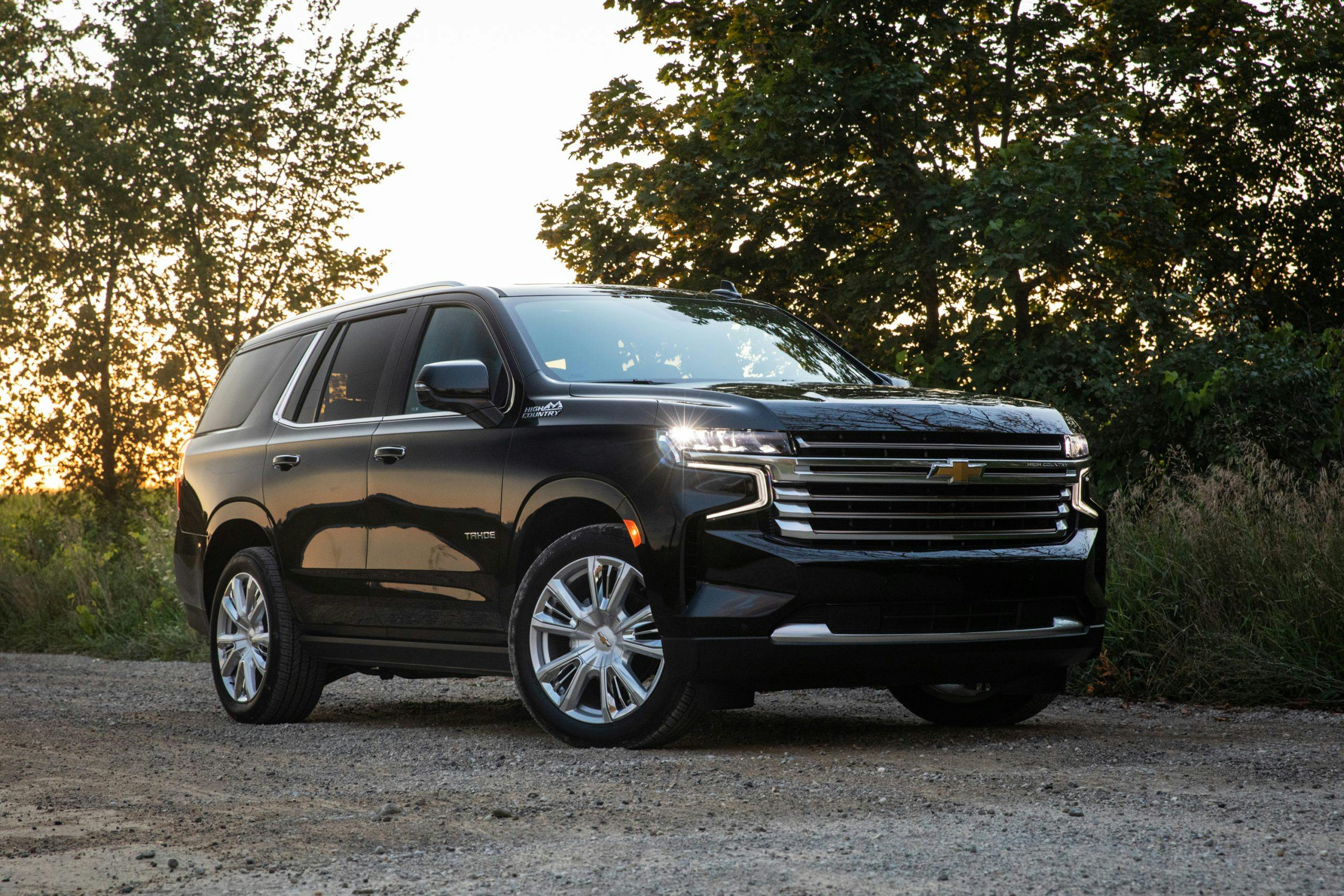
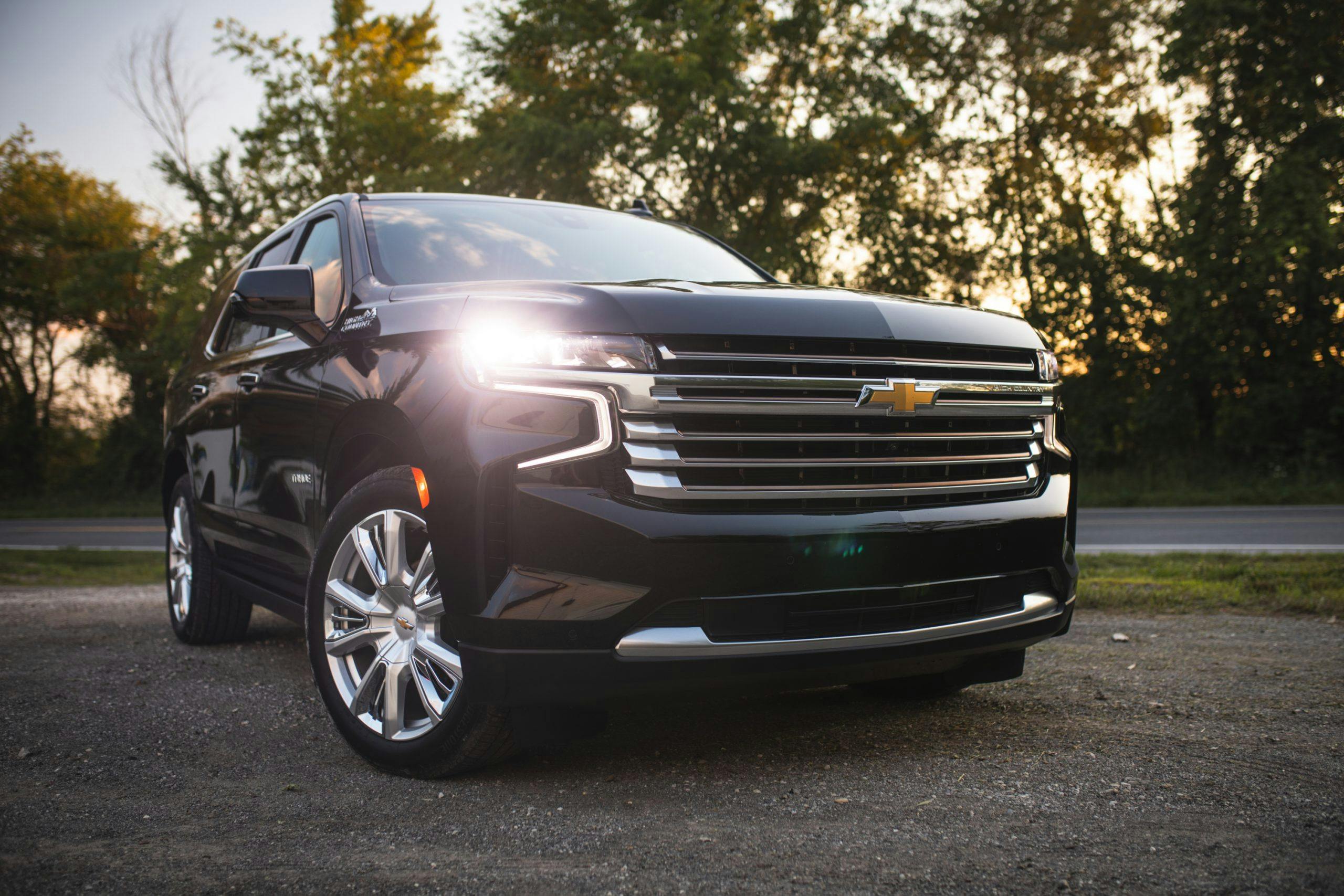
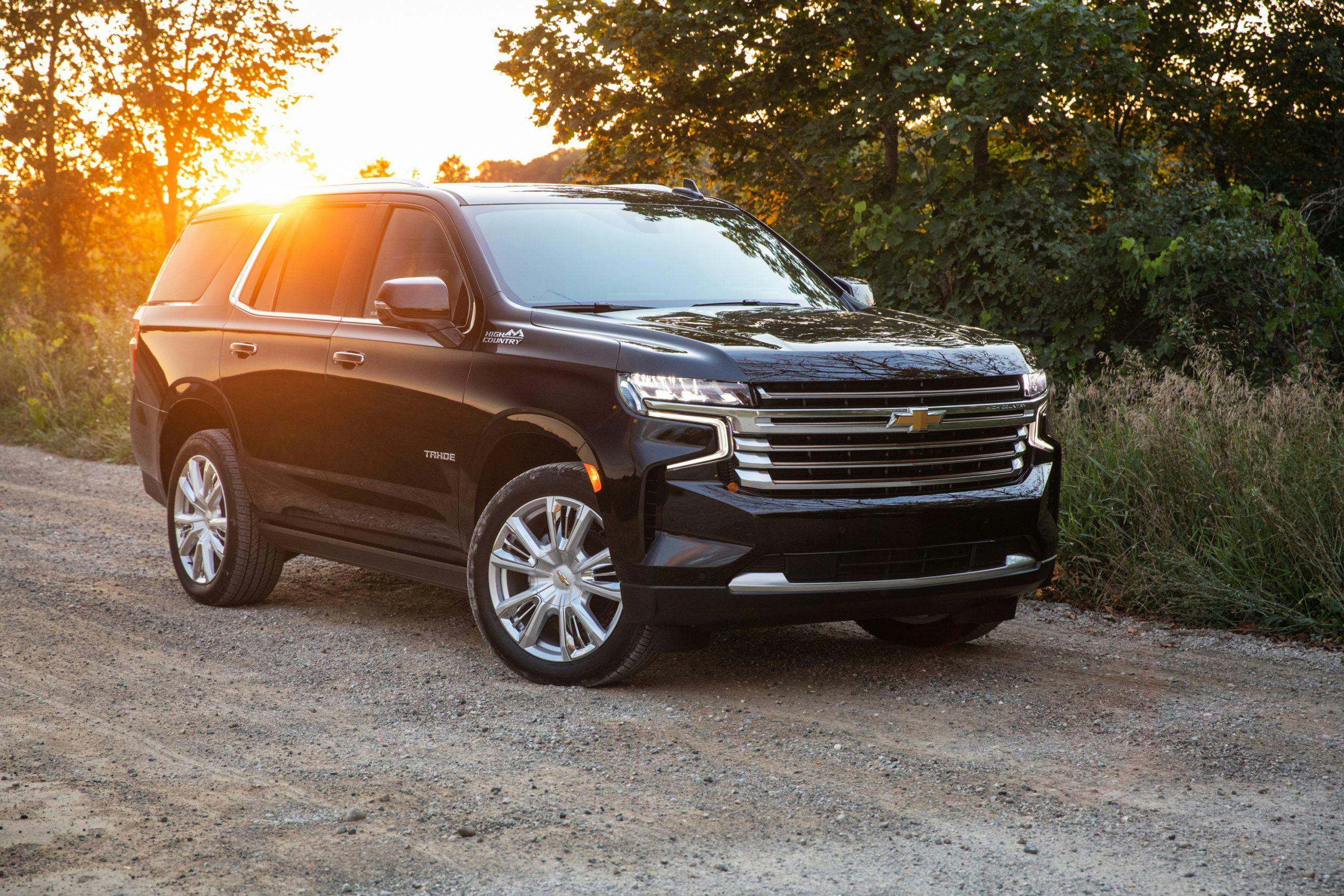
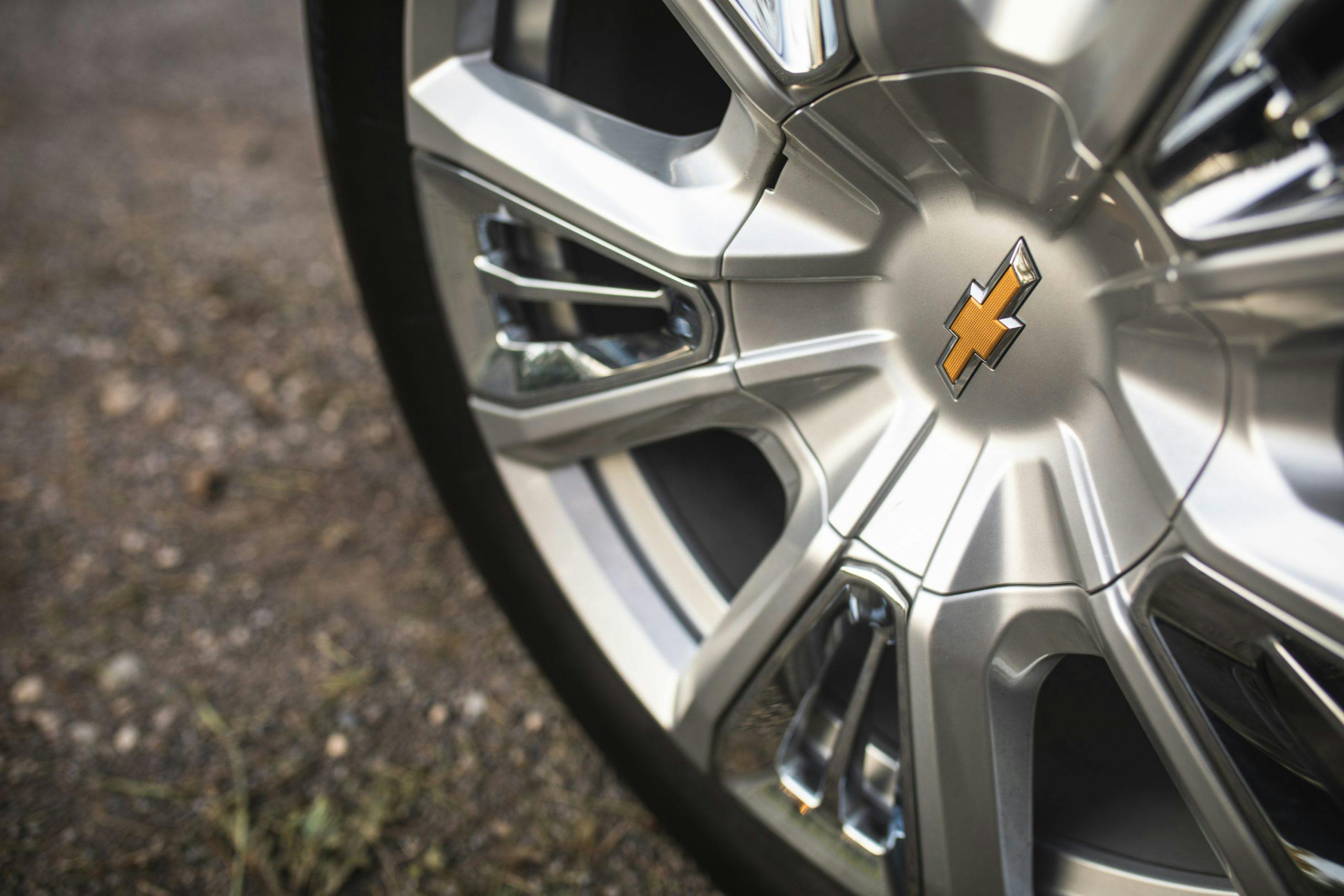


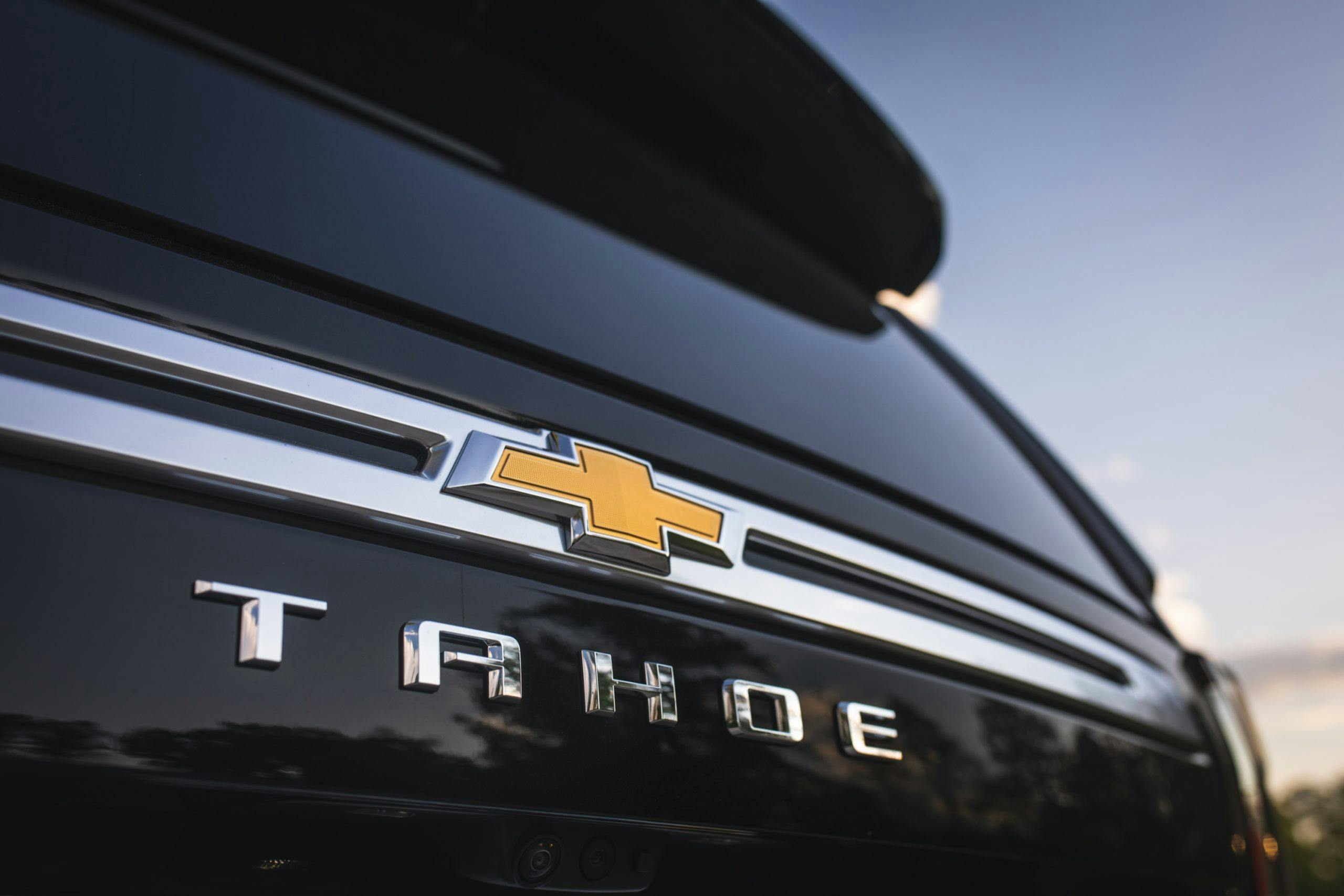


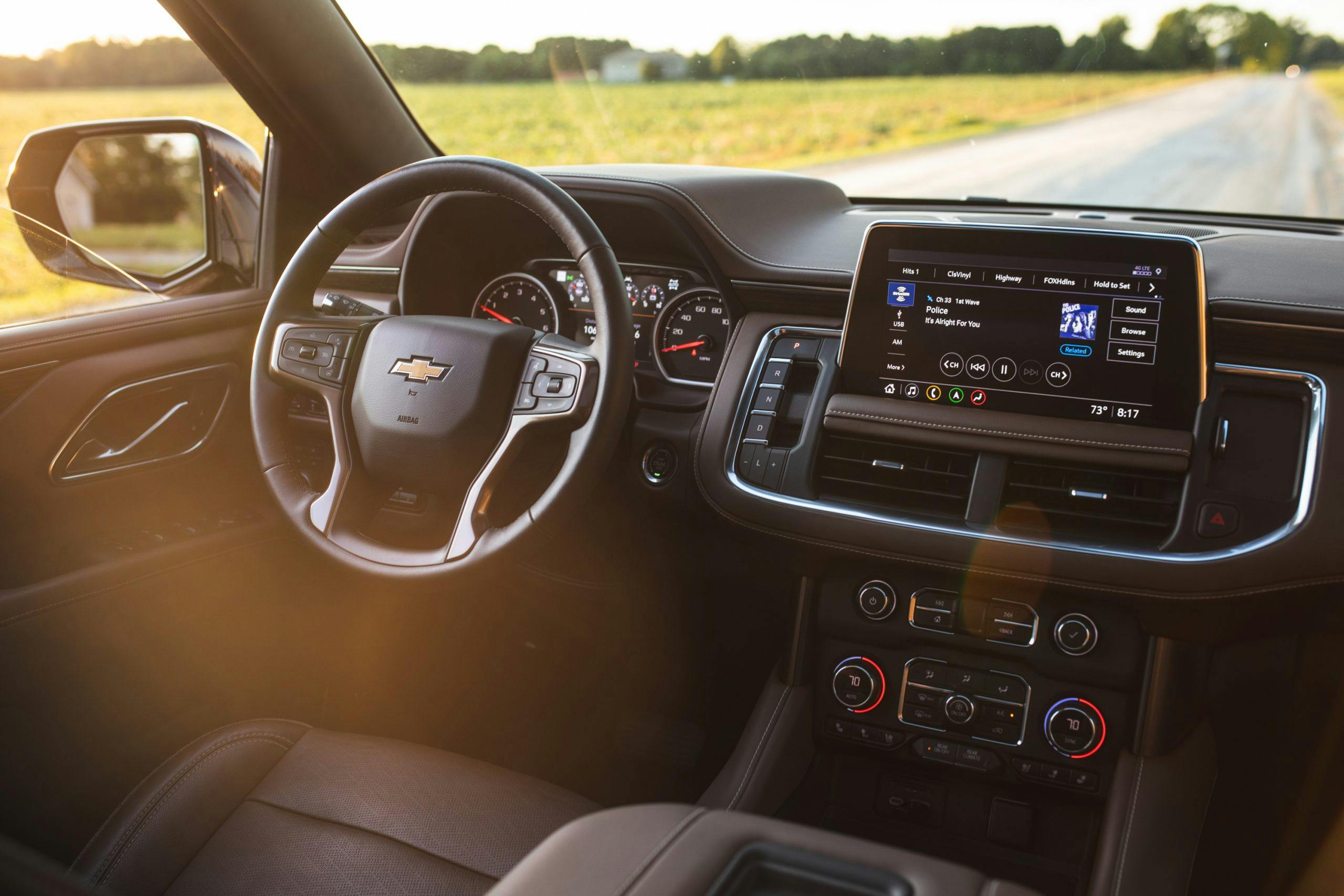

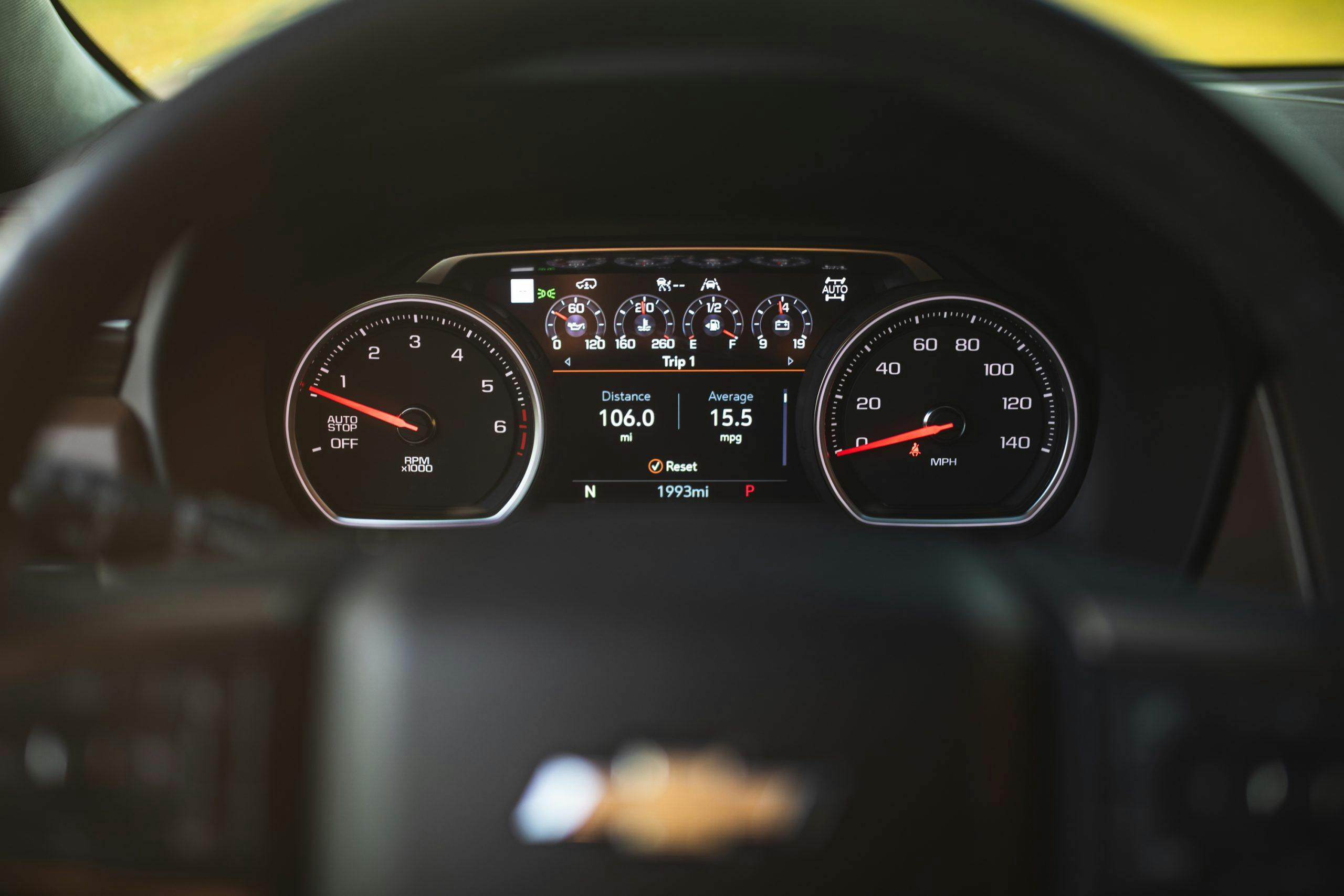
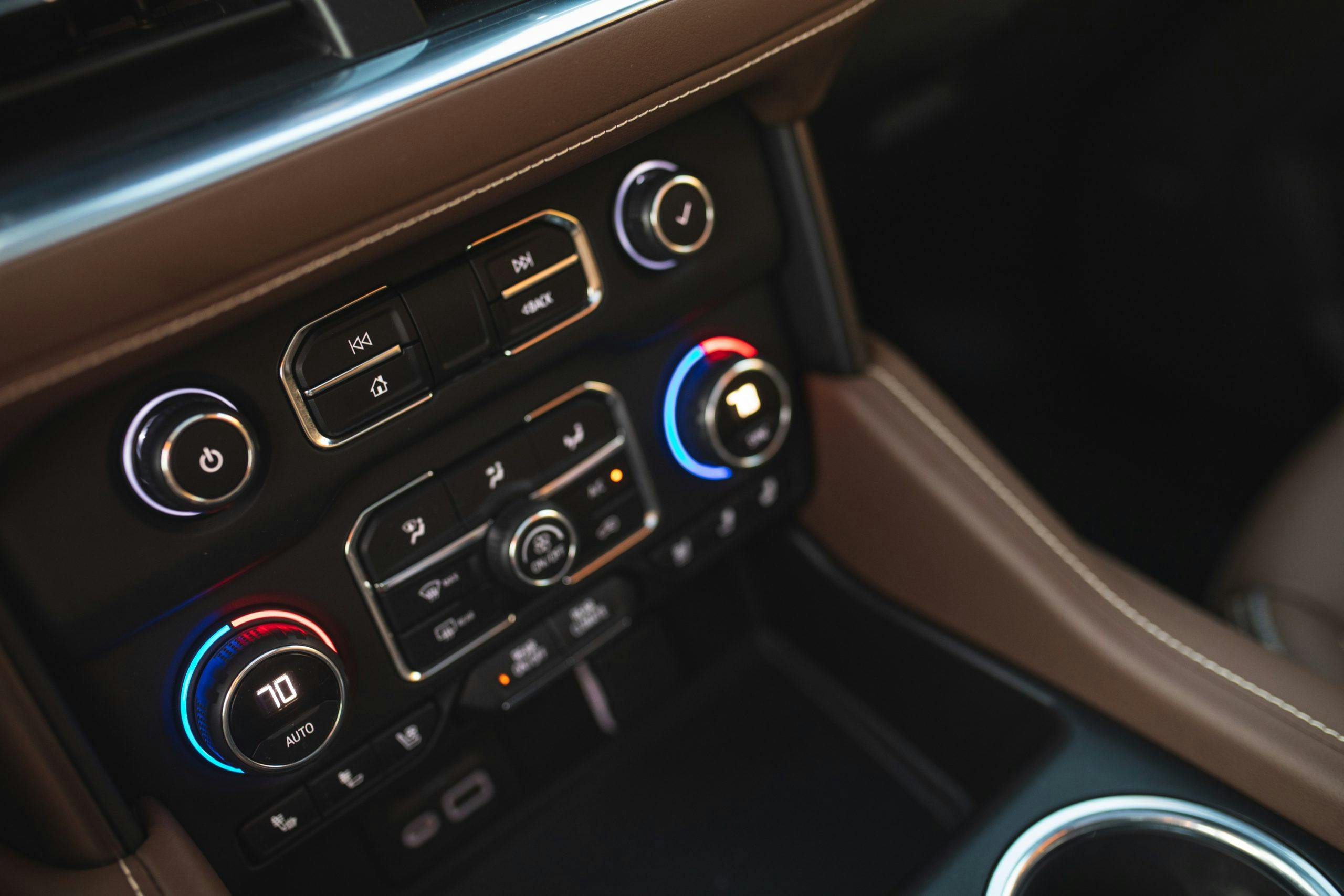
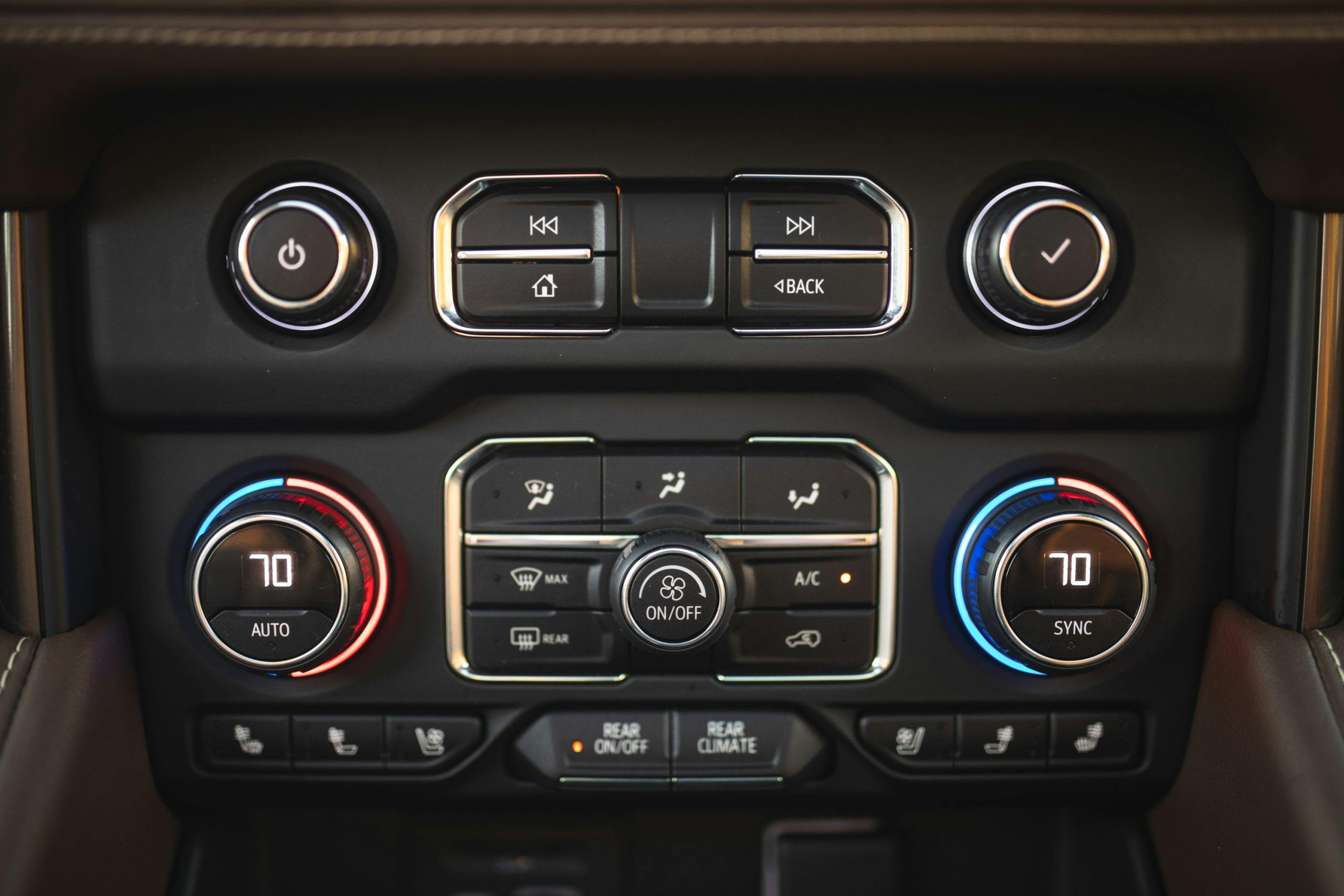
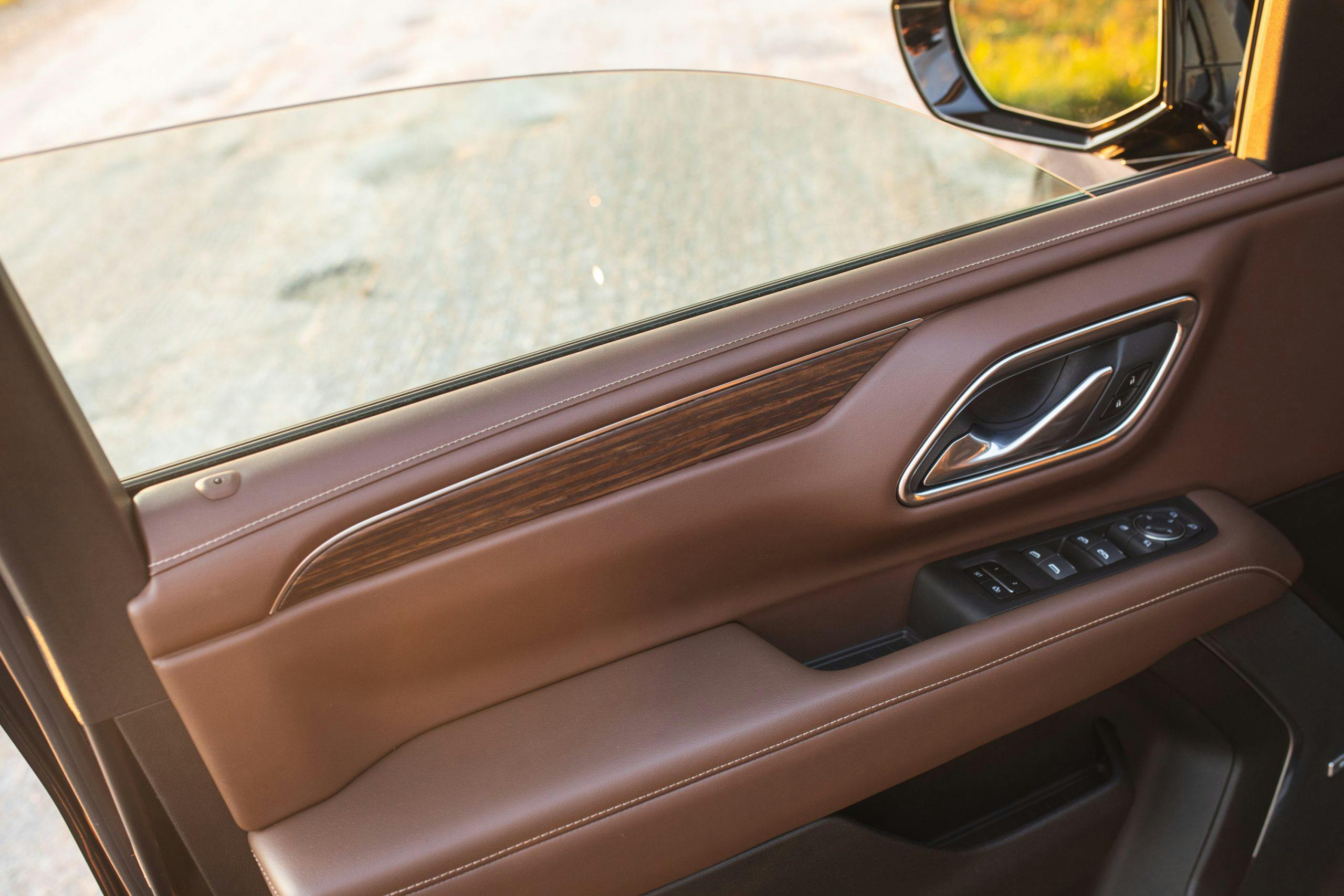
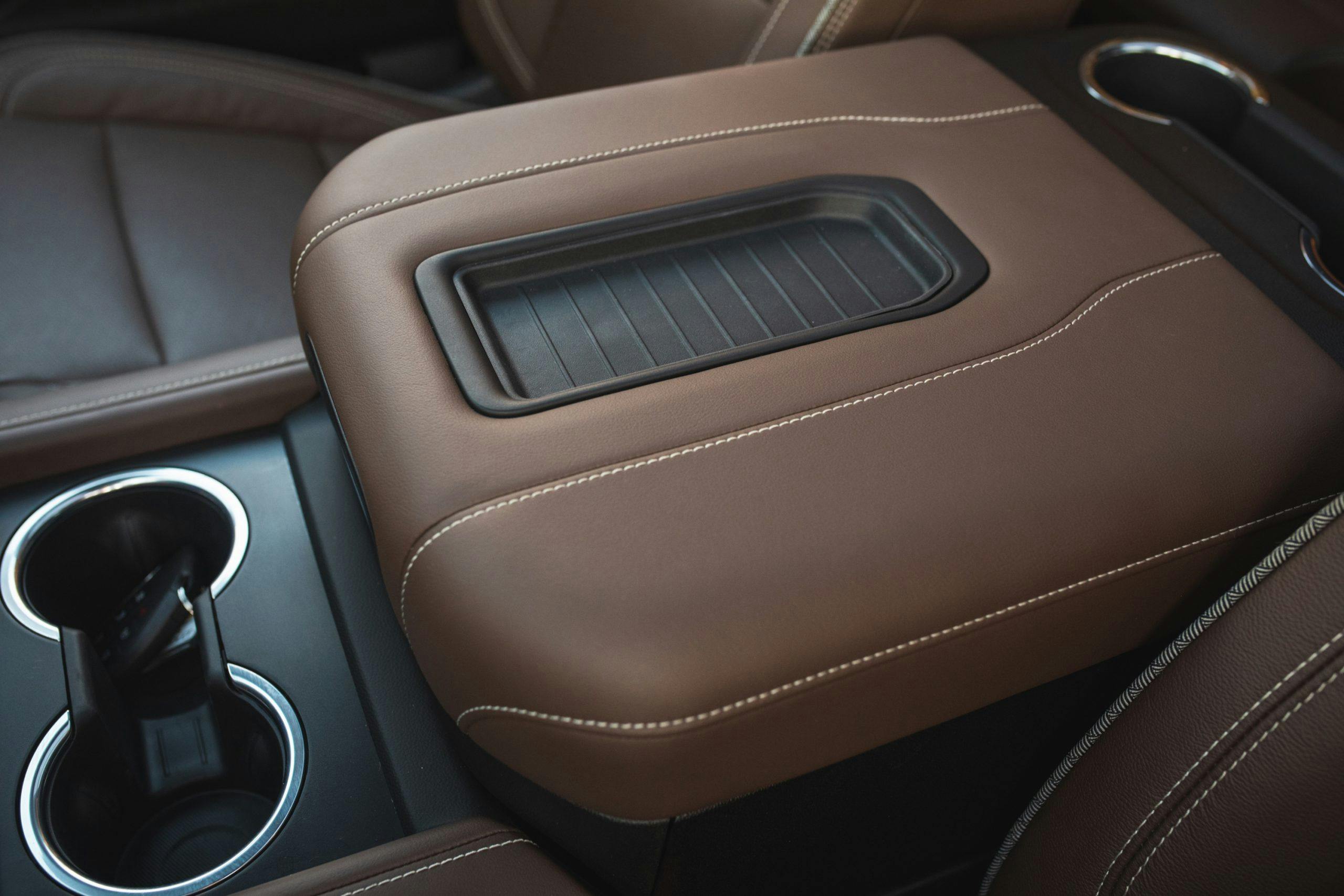


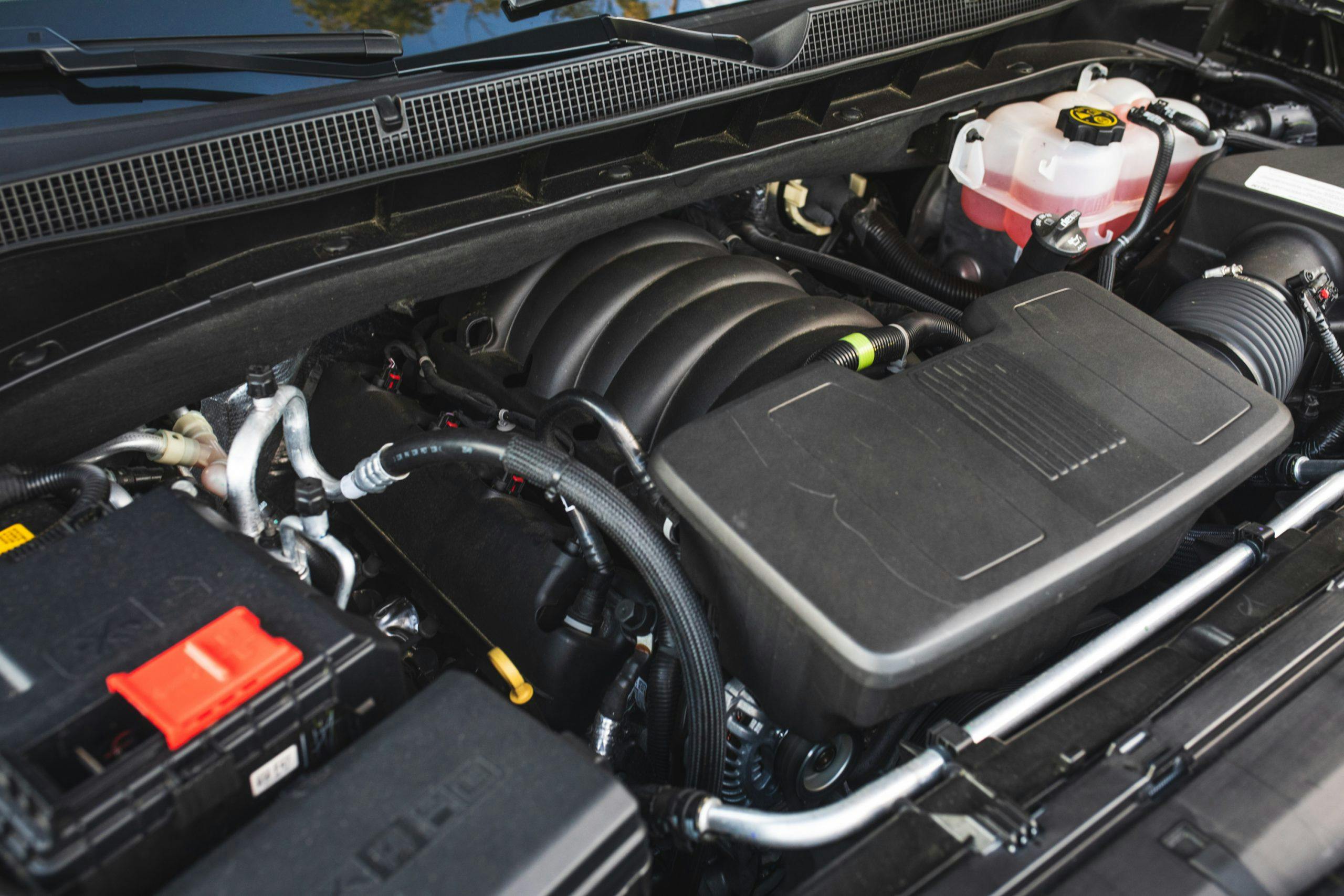
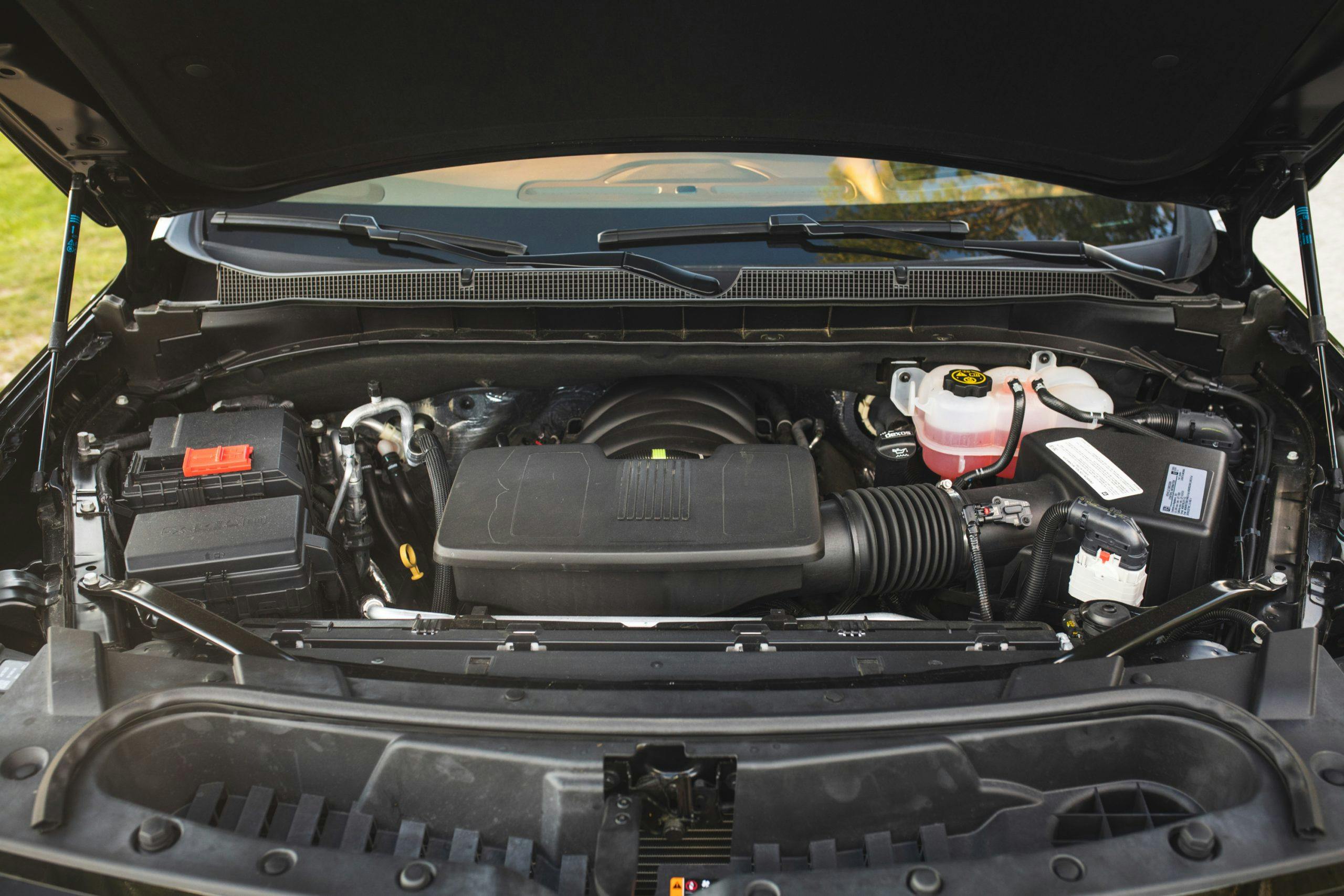

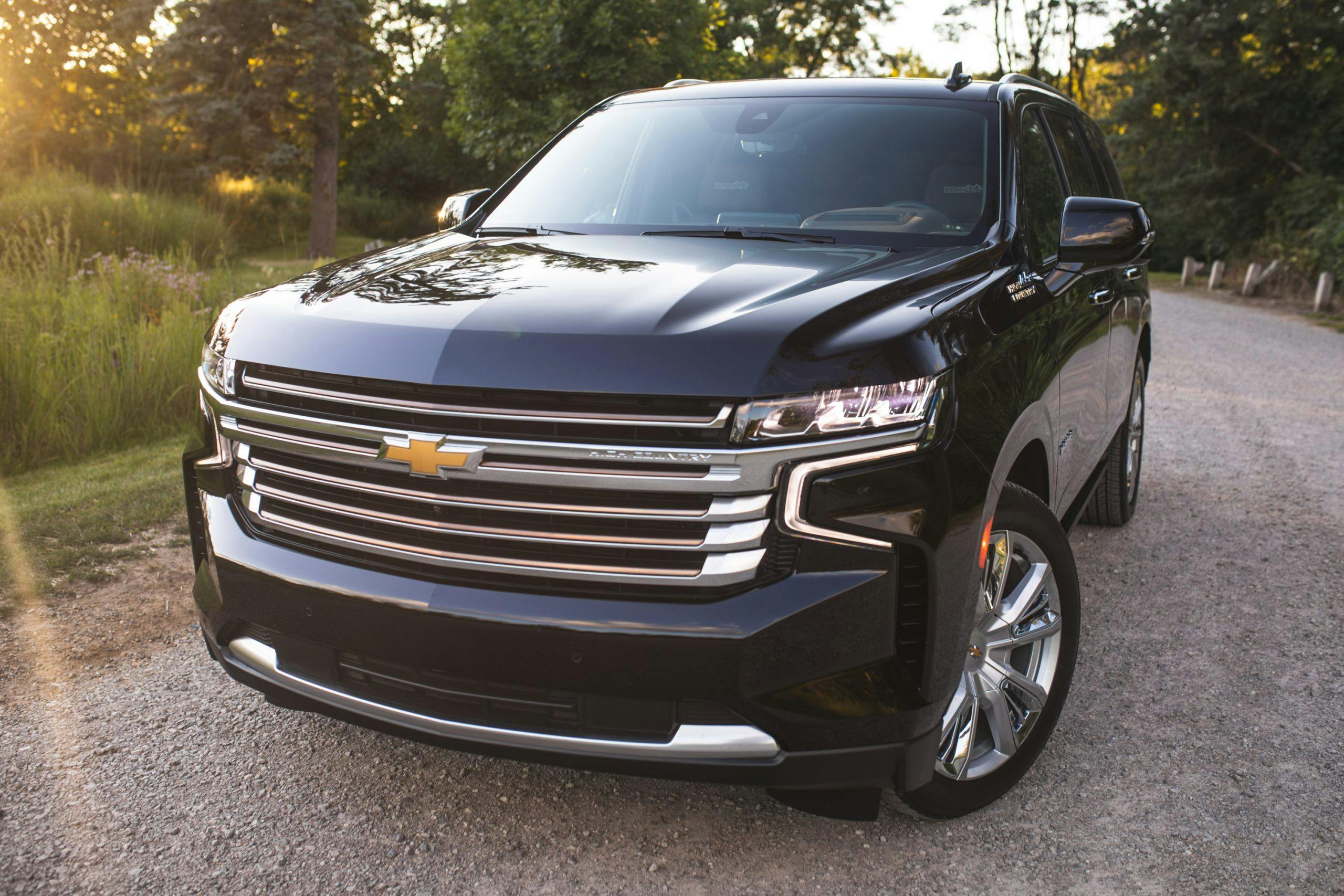
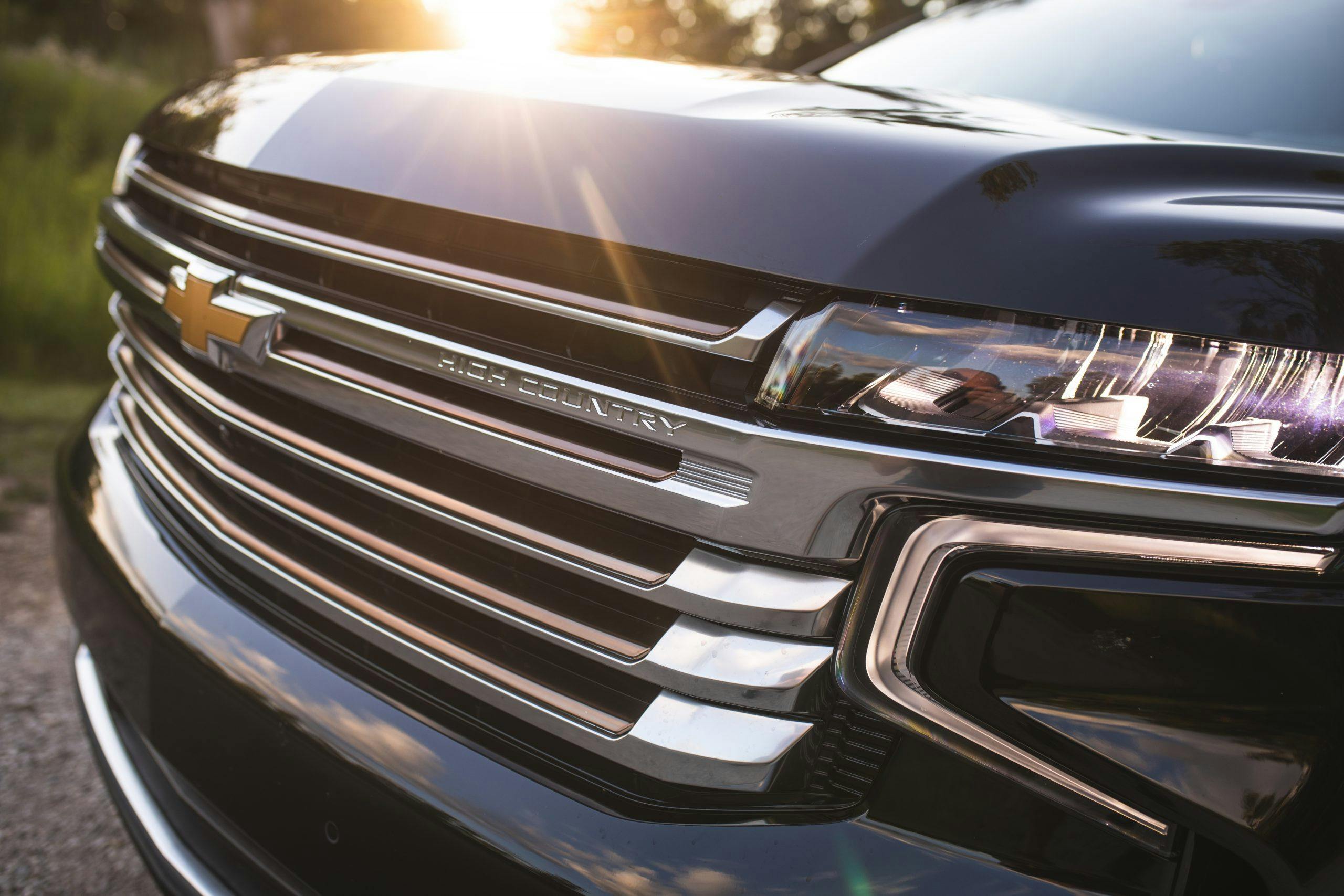
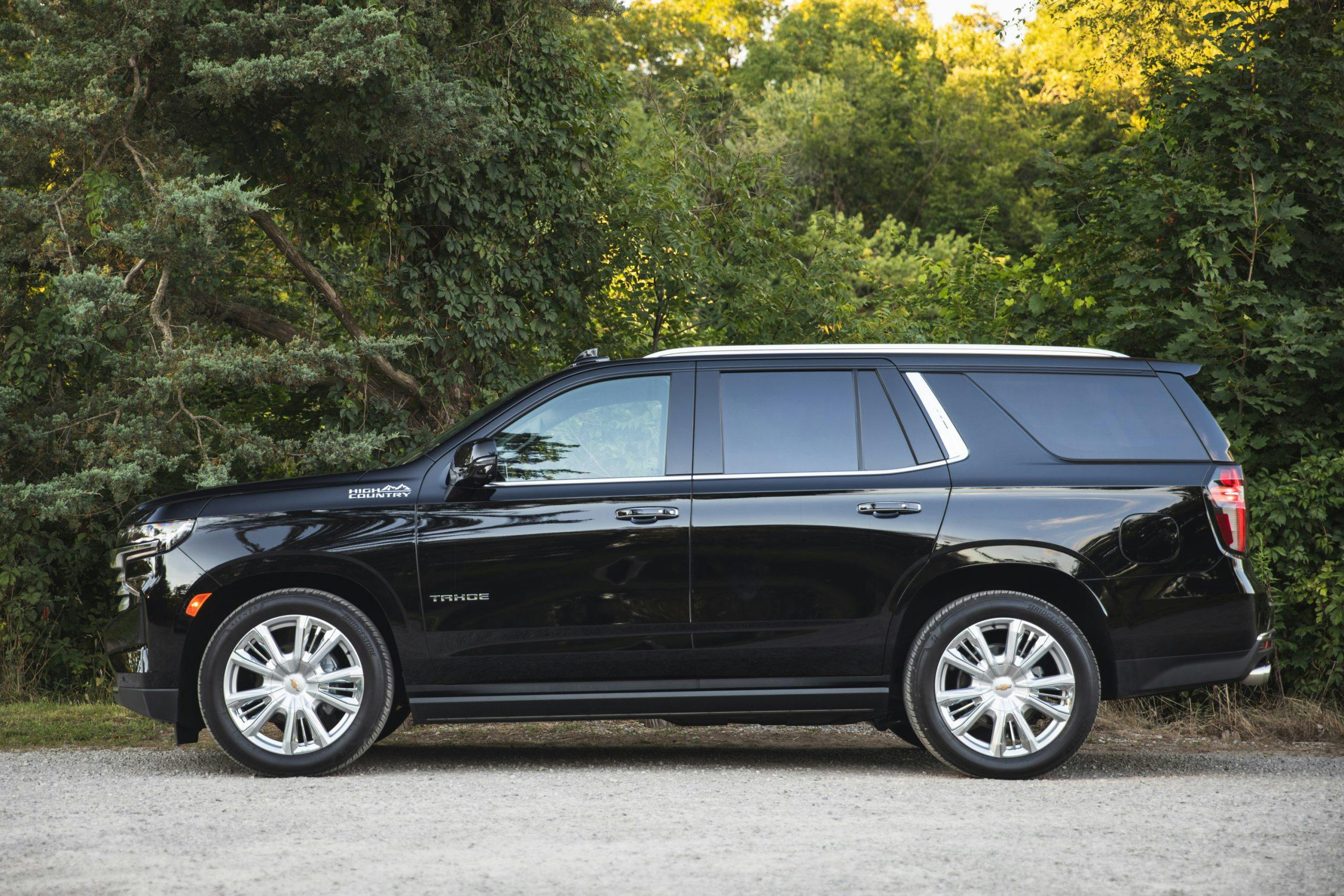
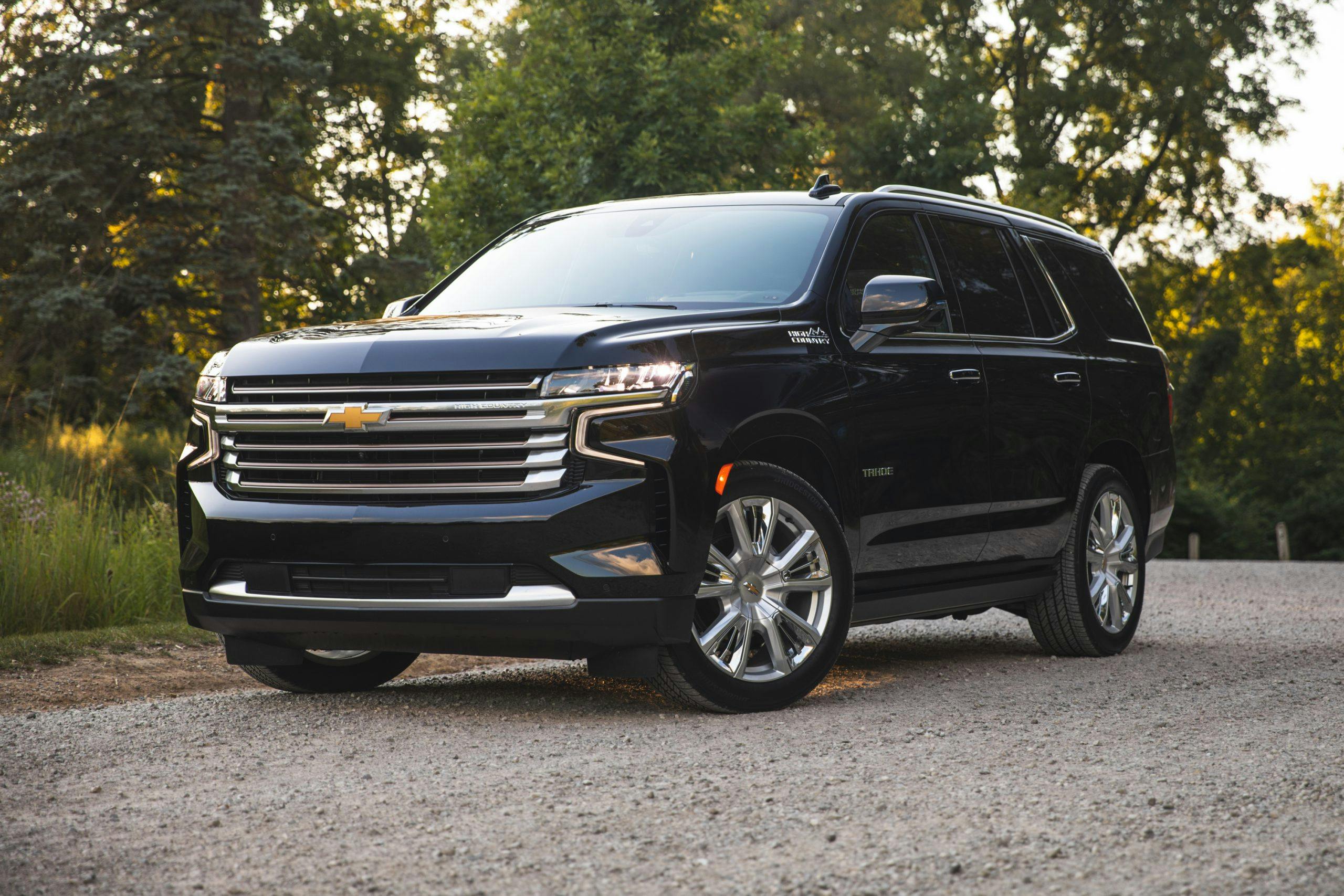
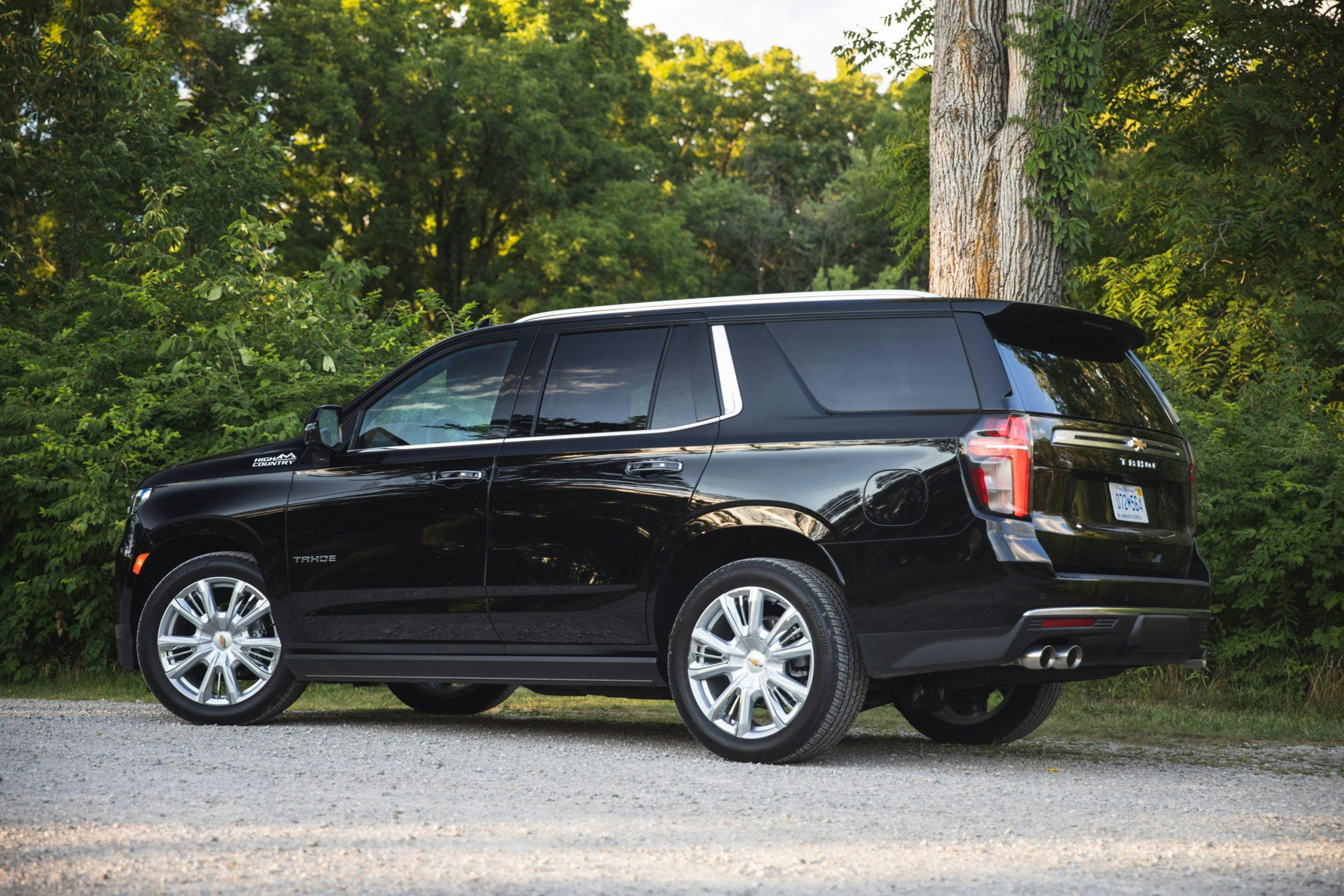
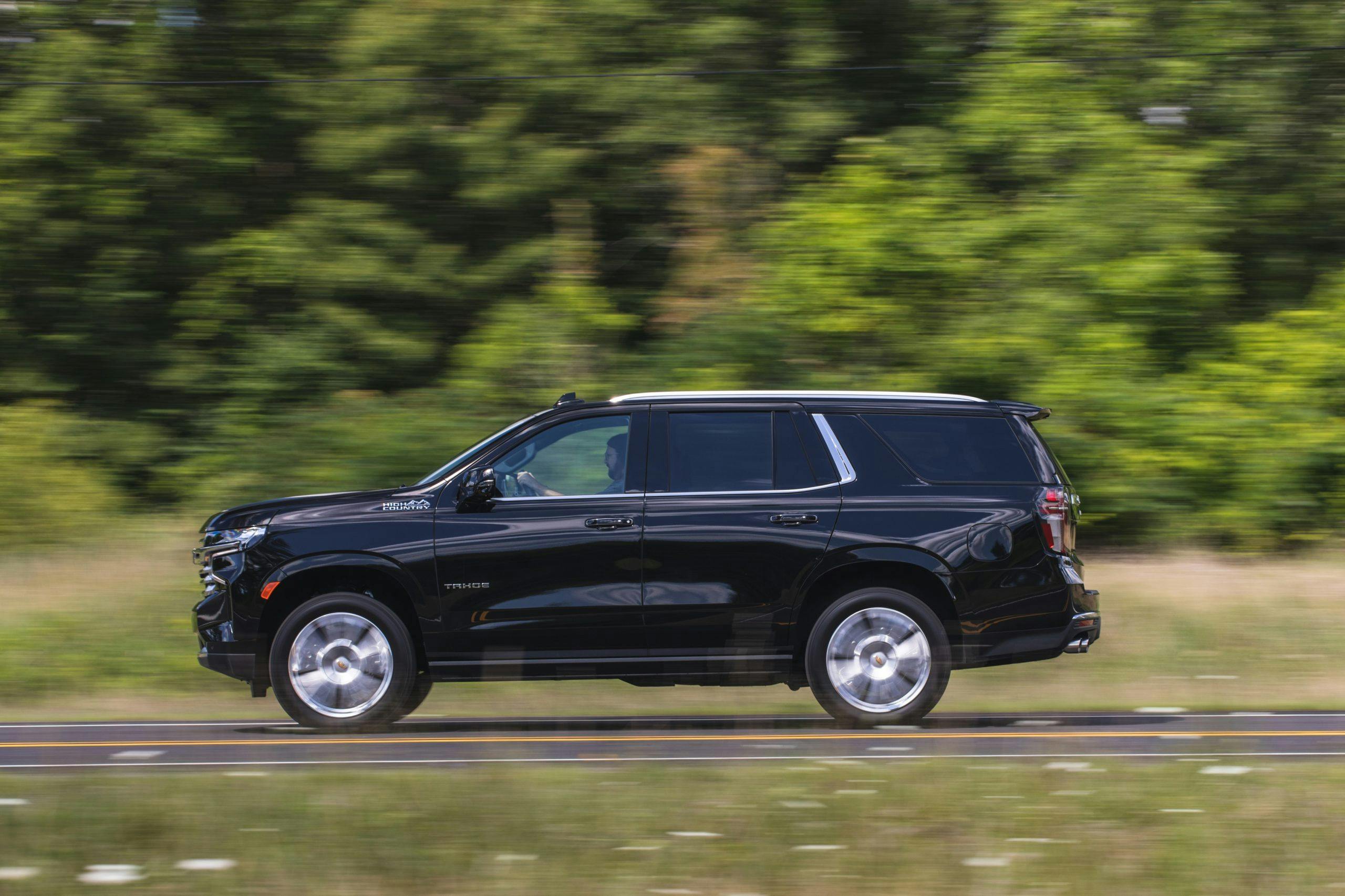
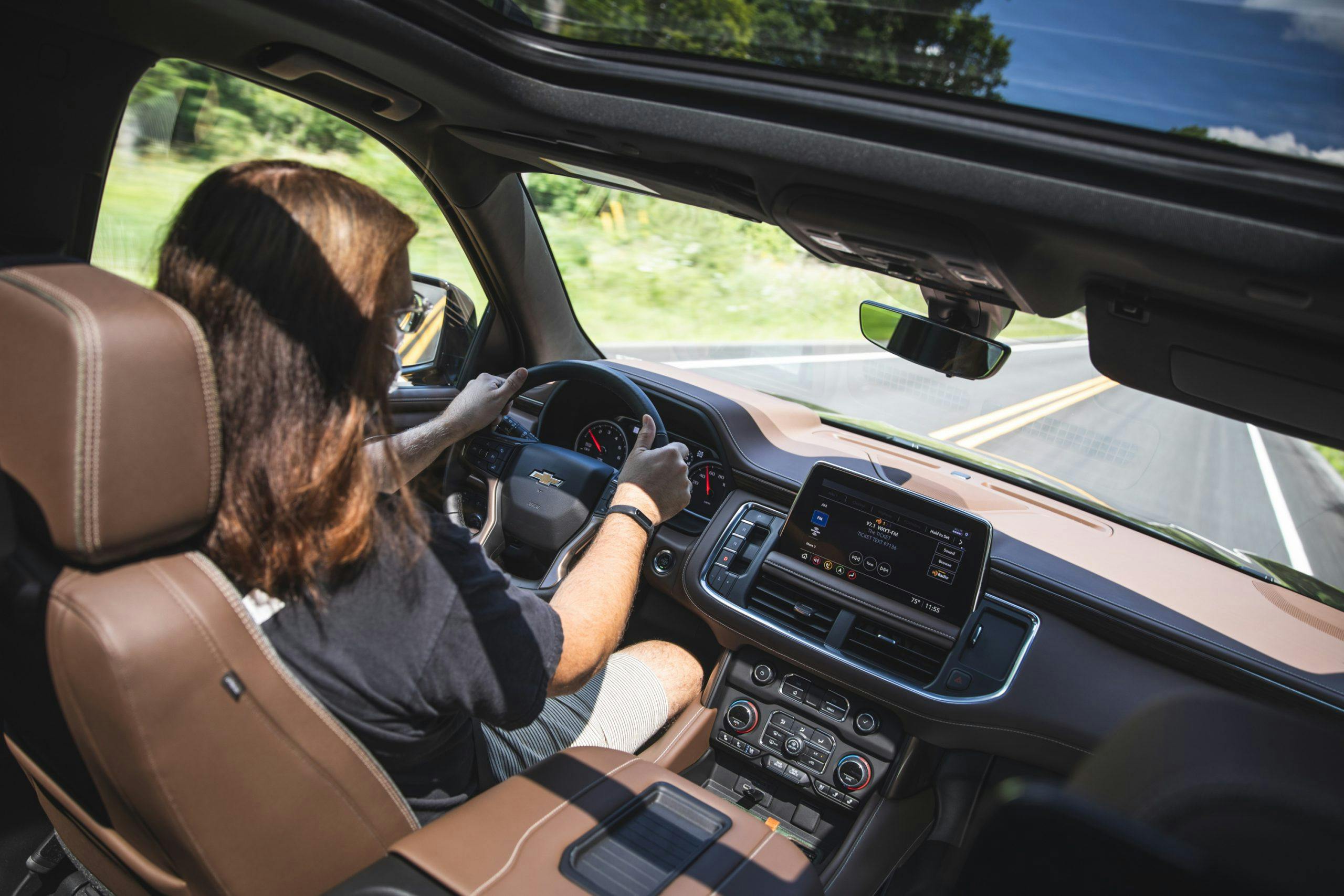


What is the asking price